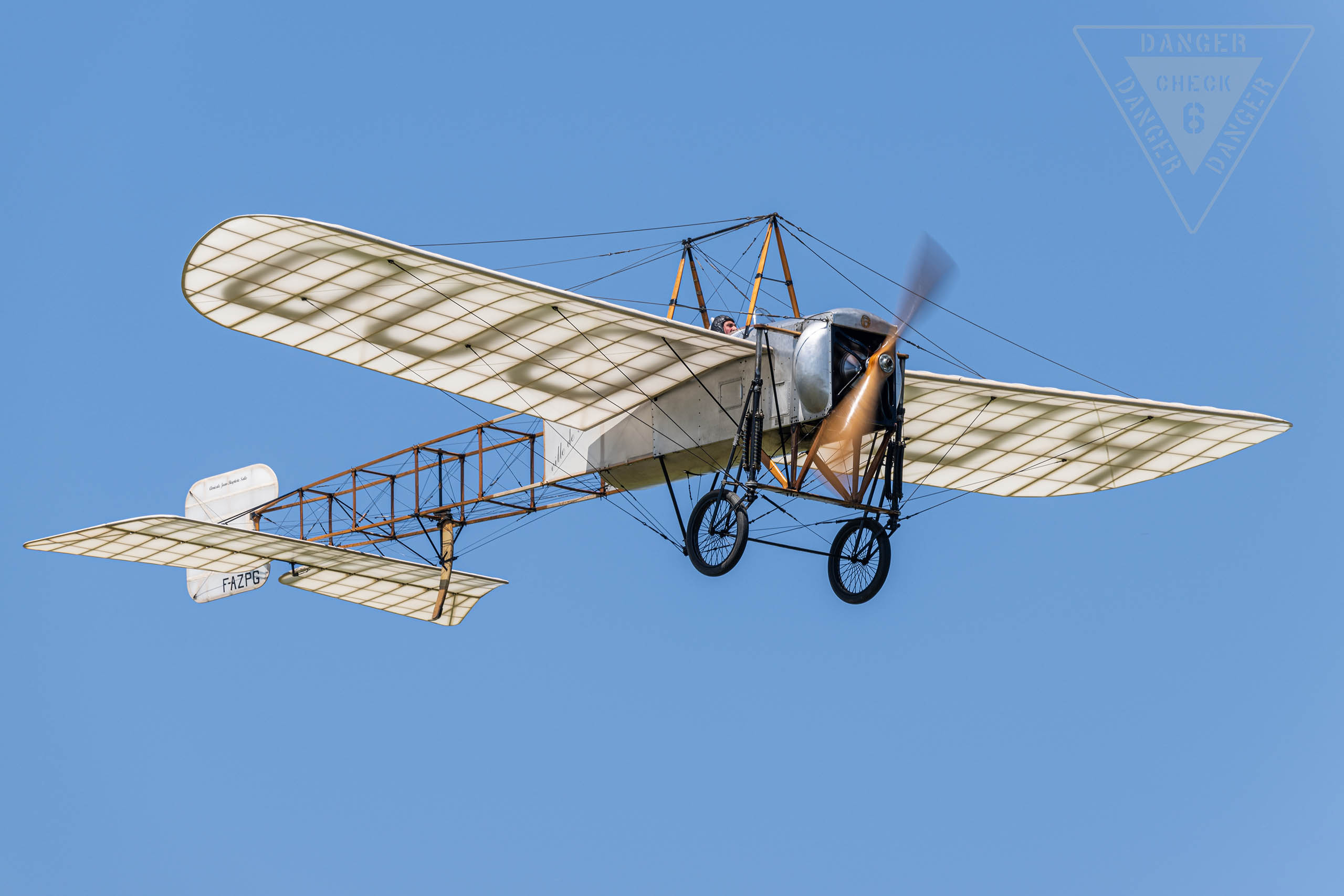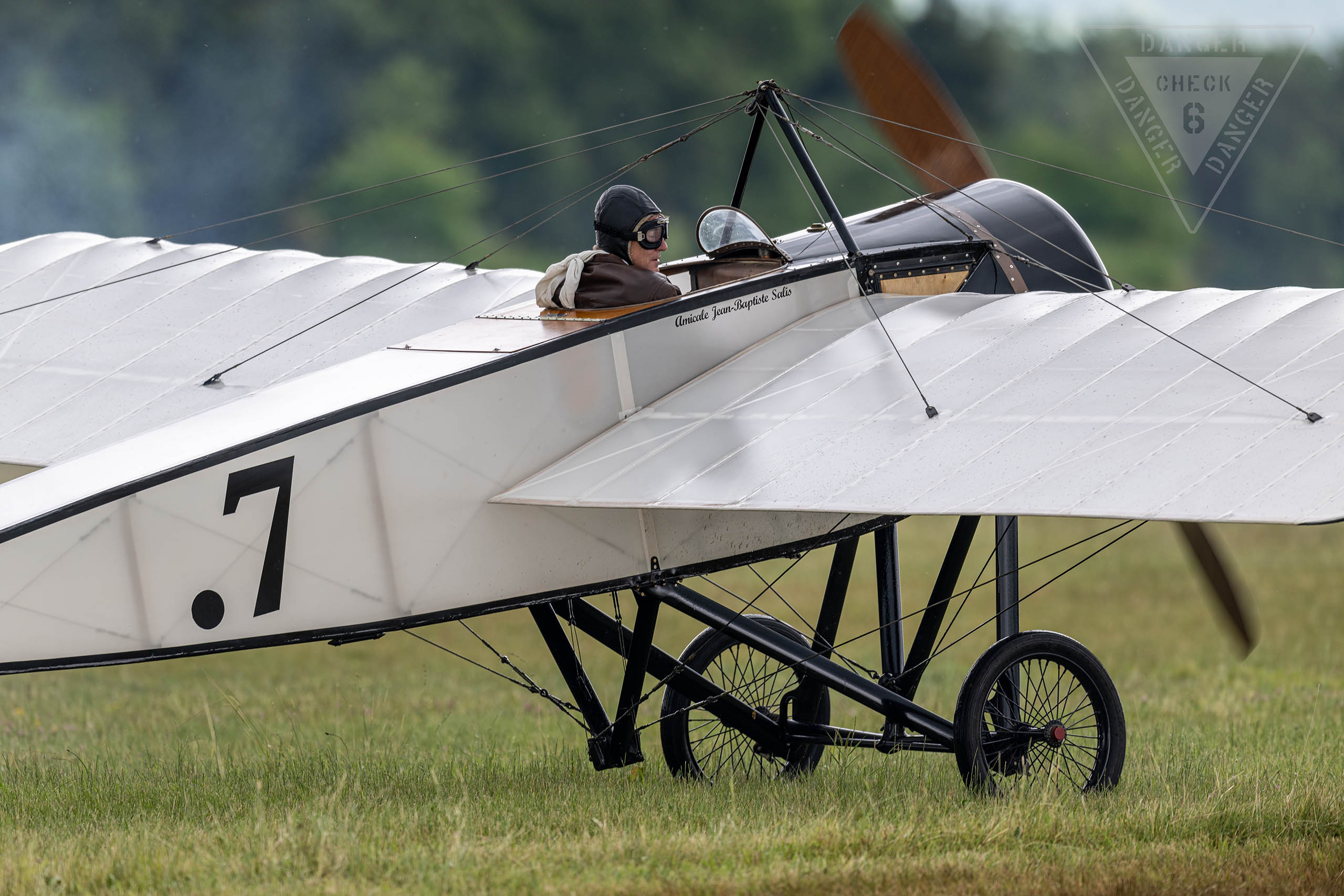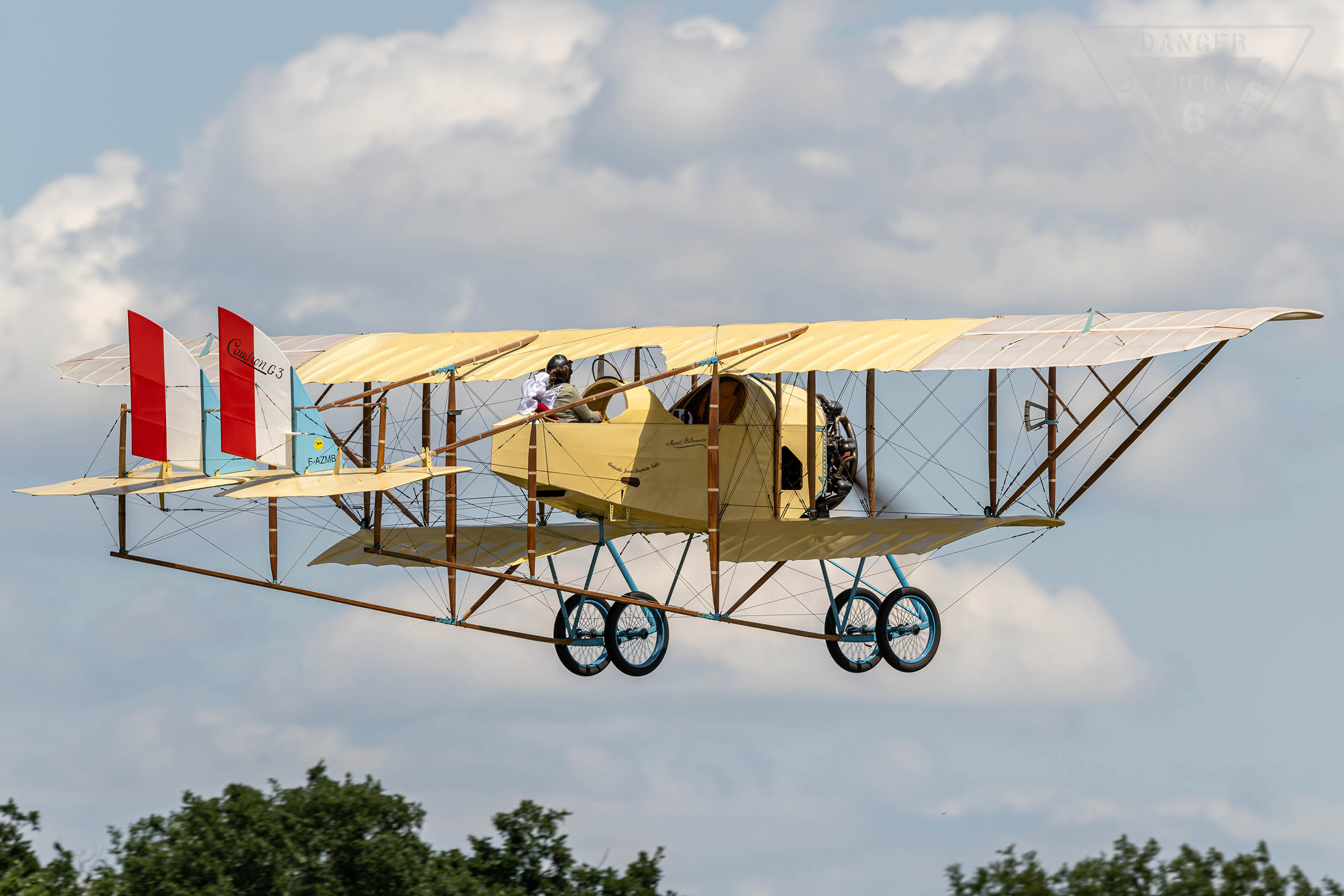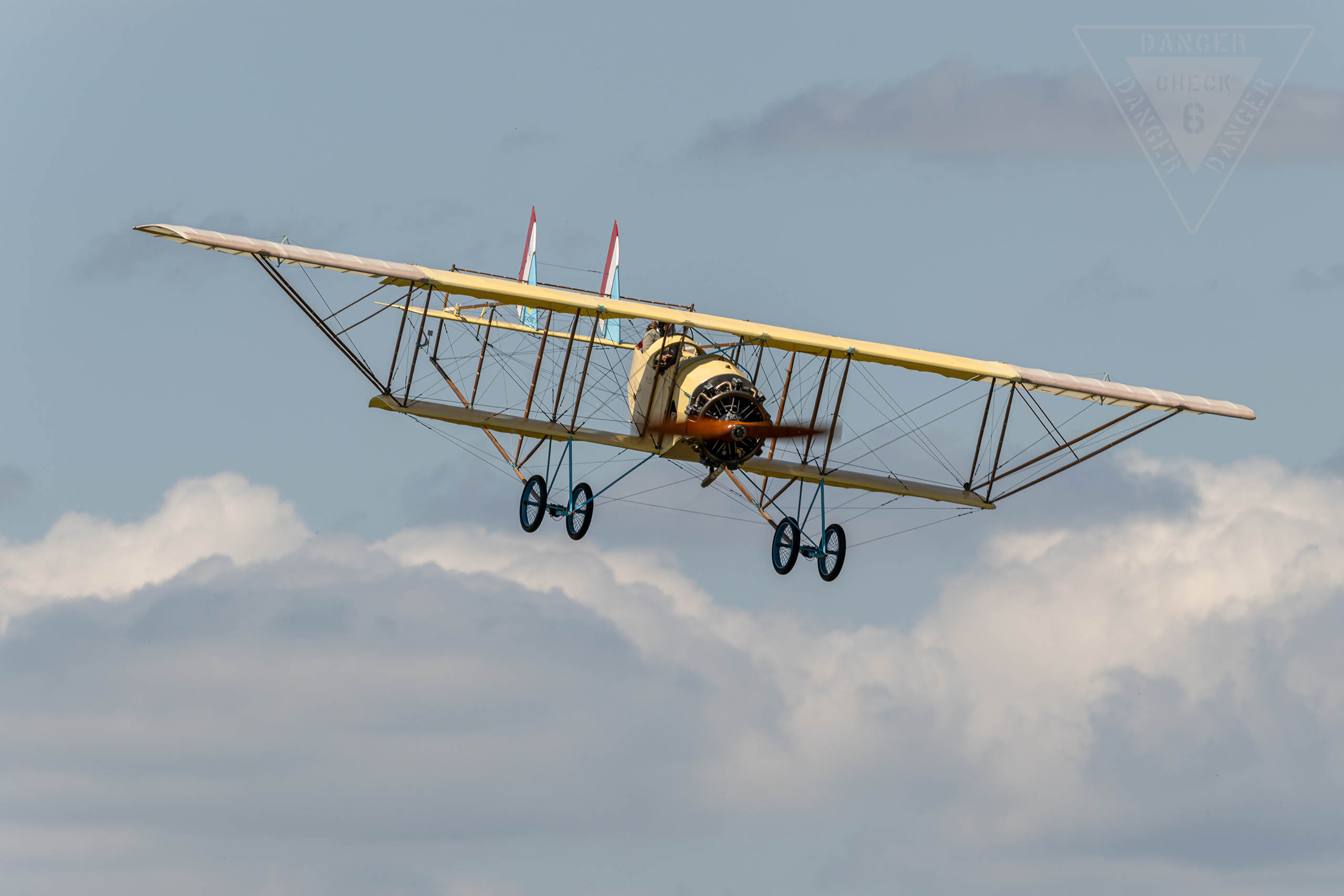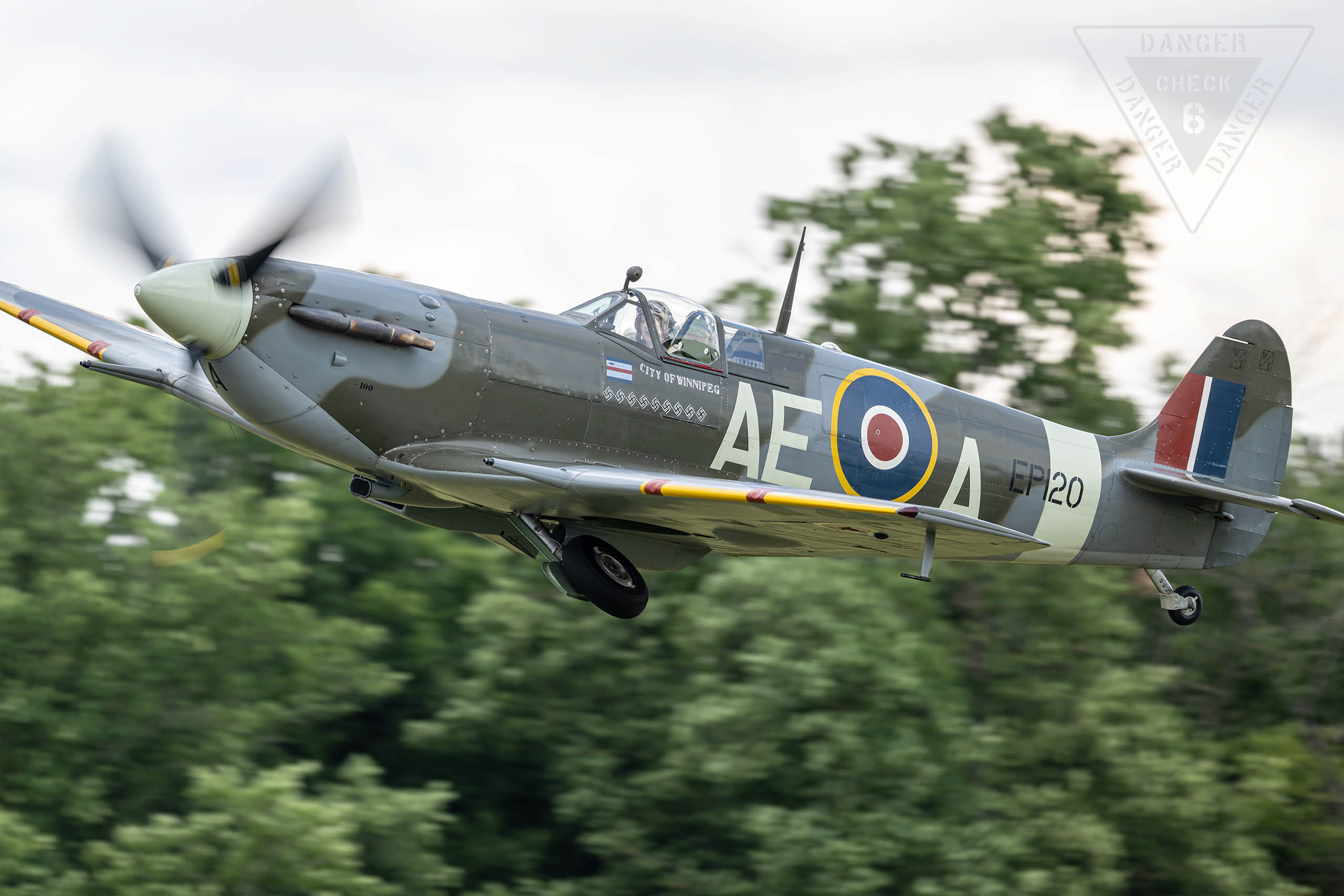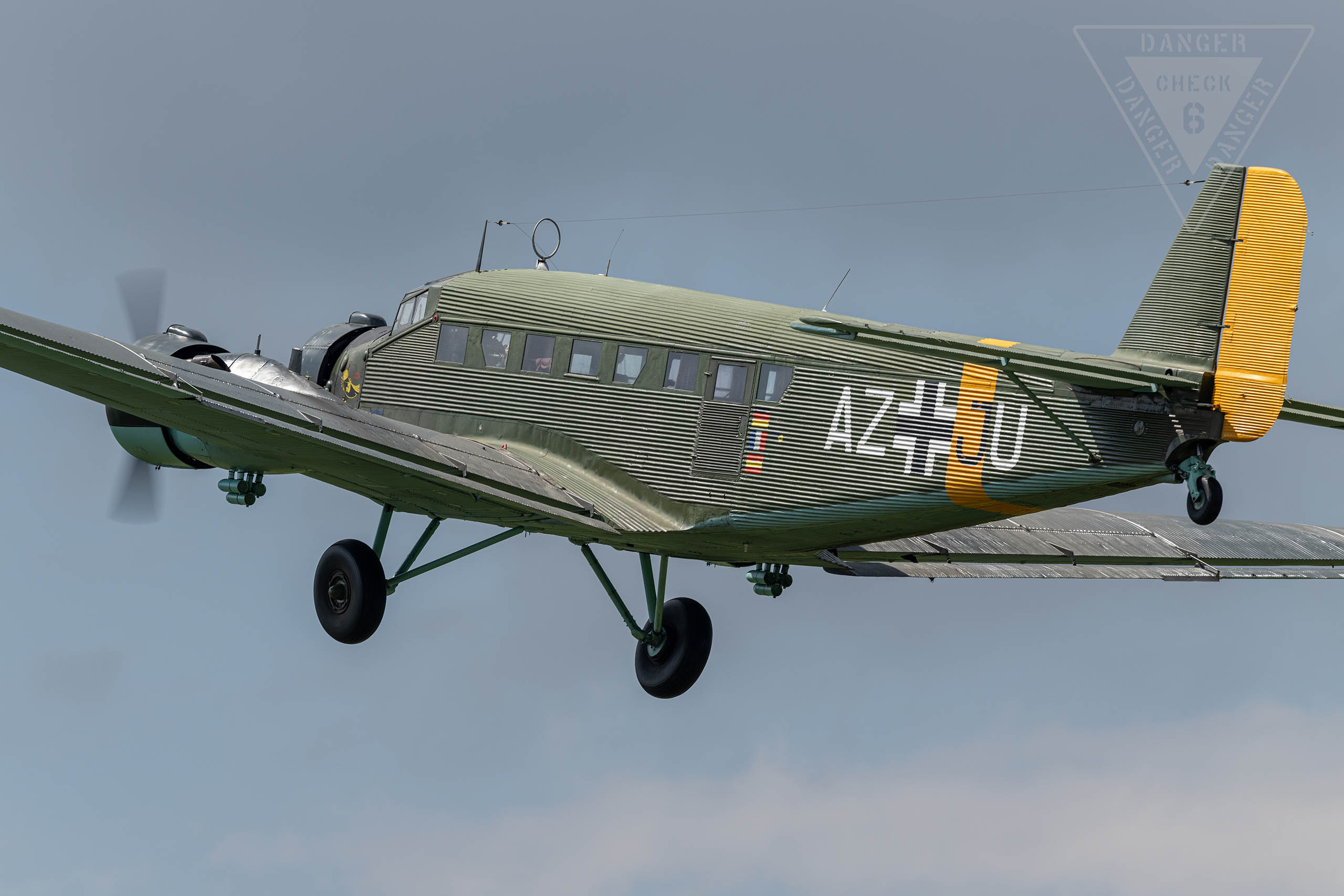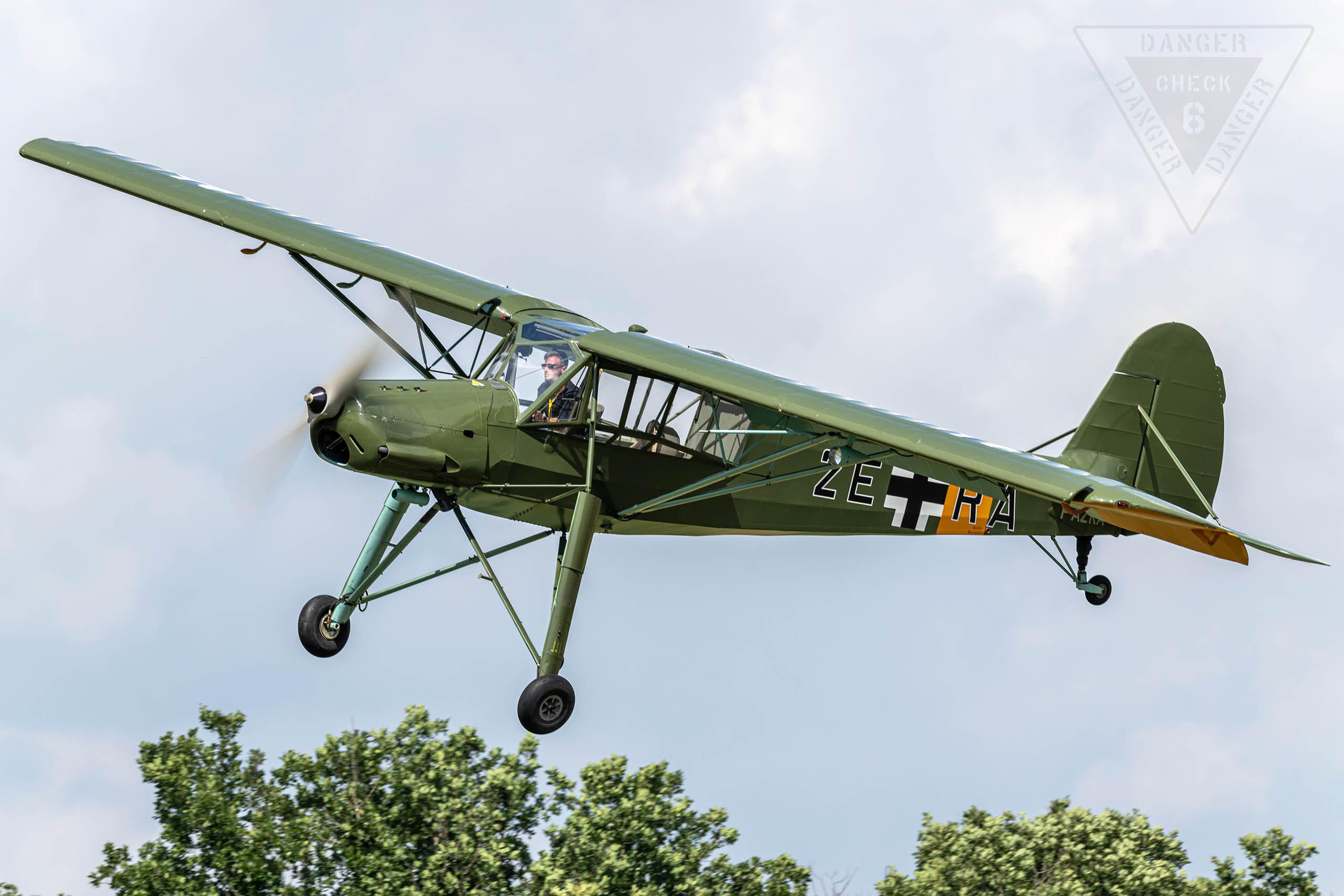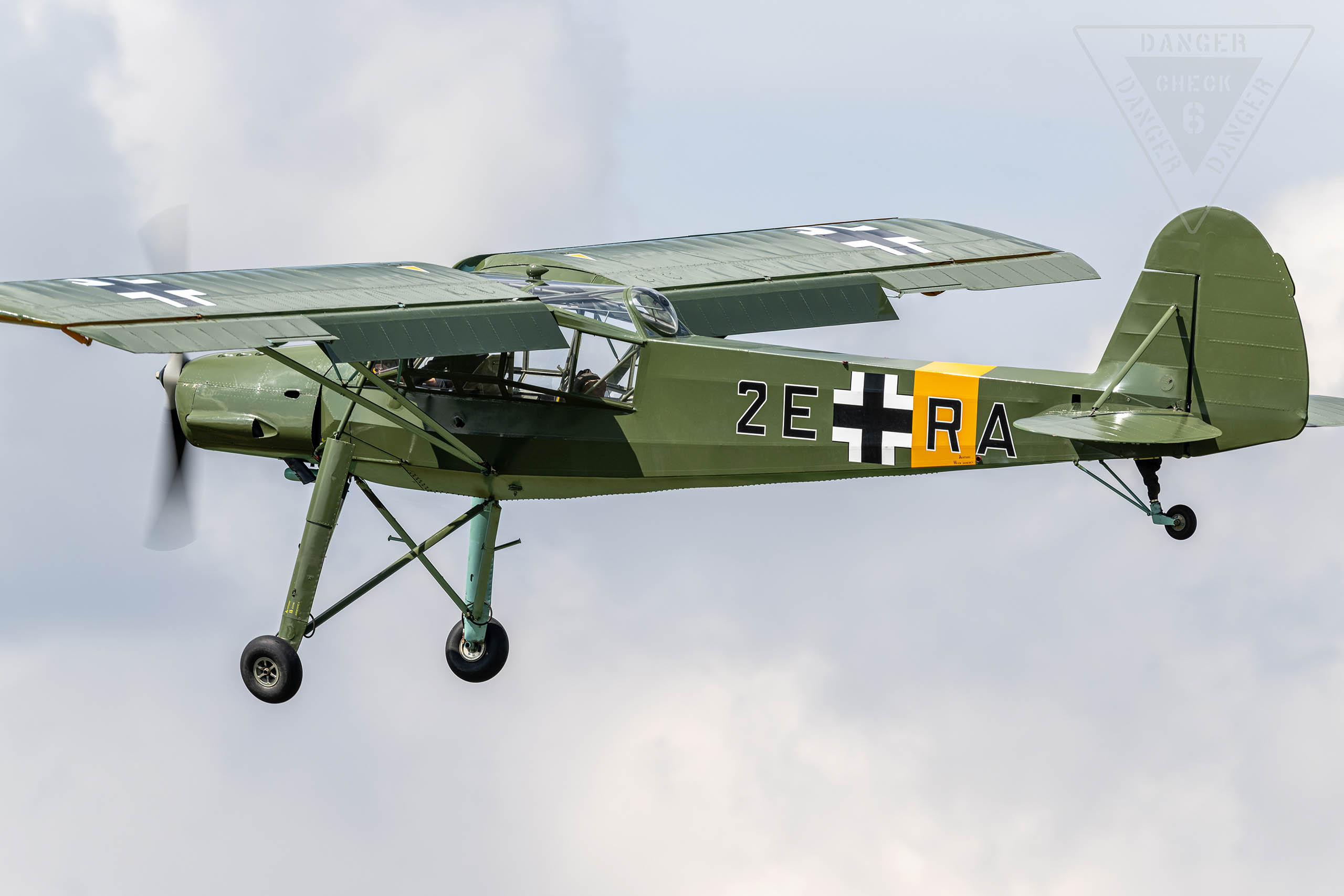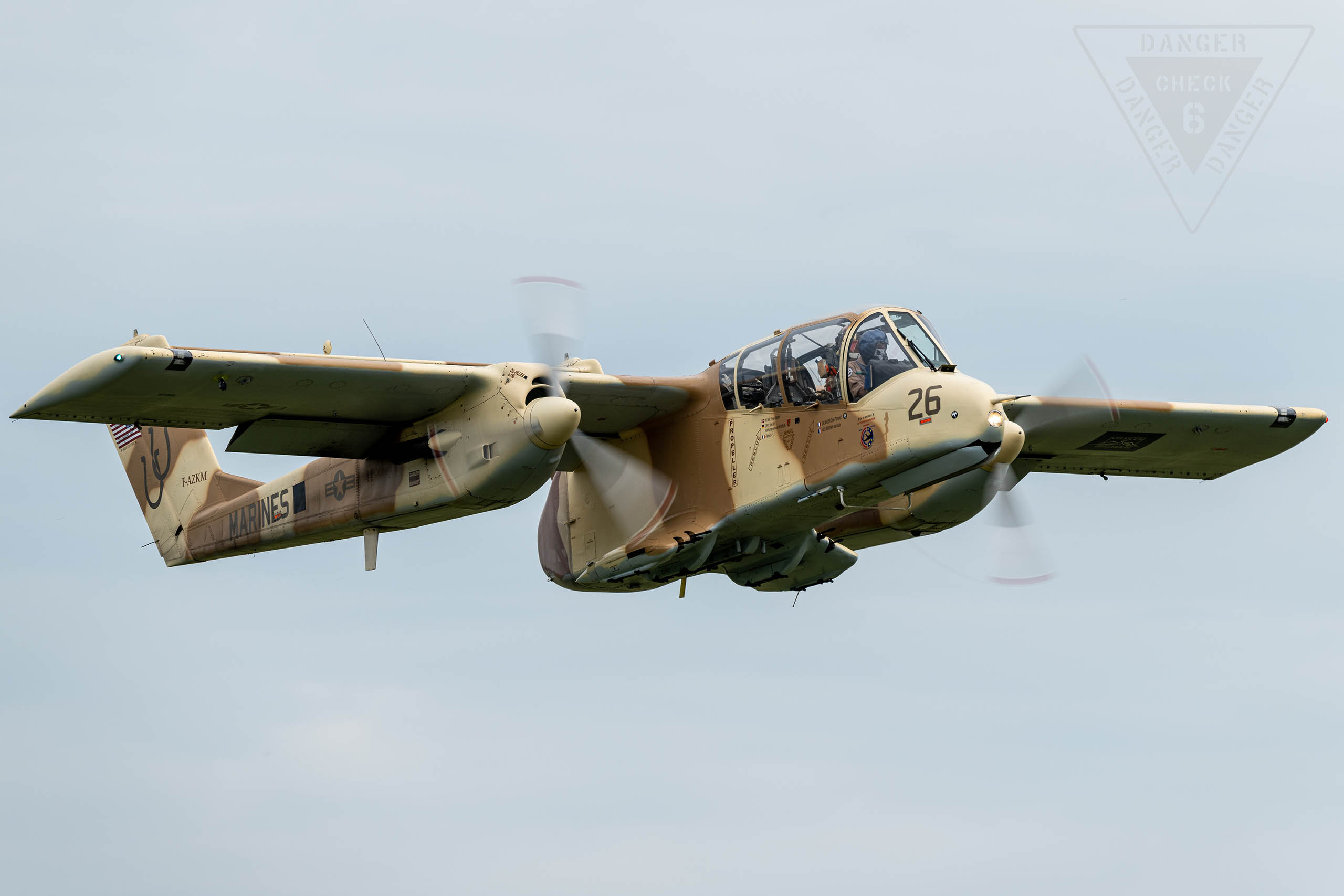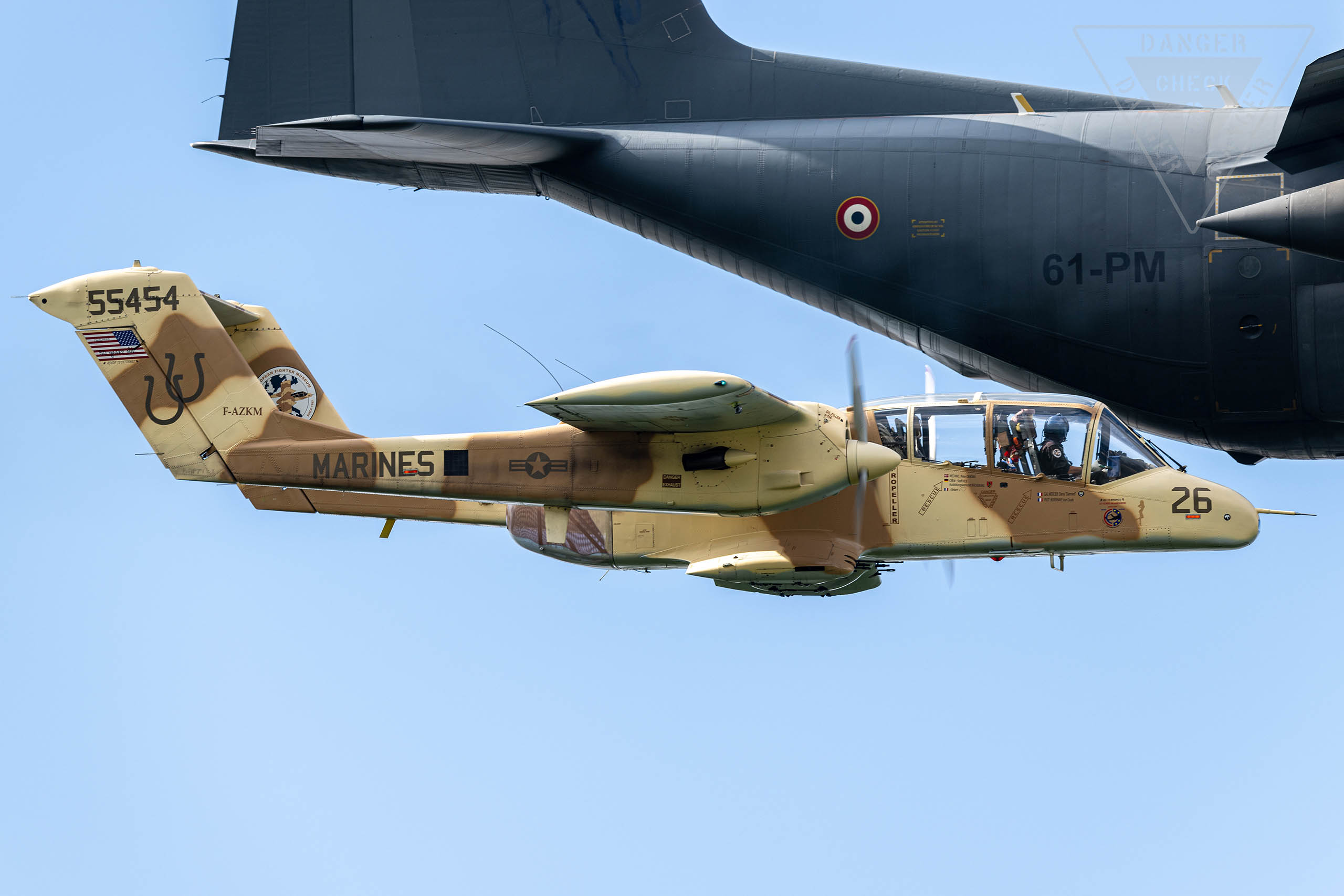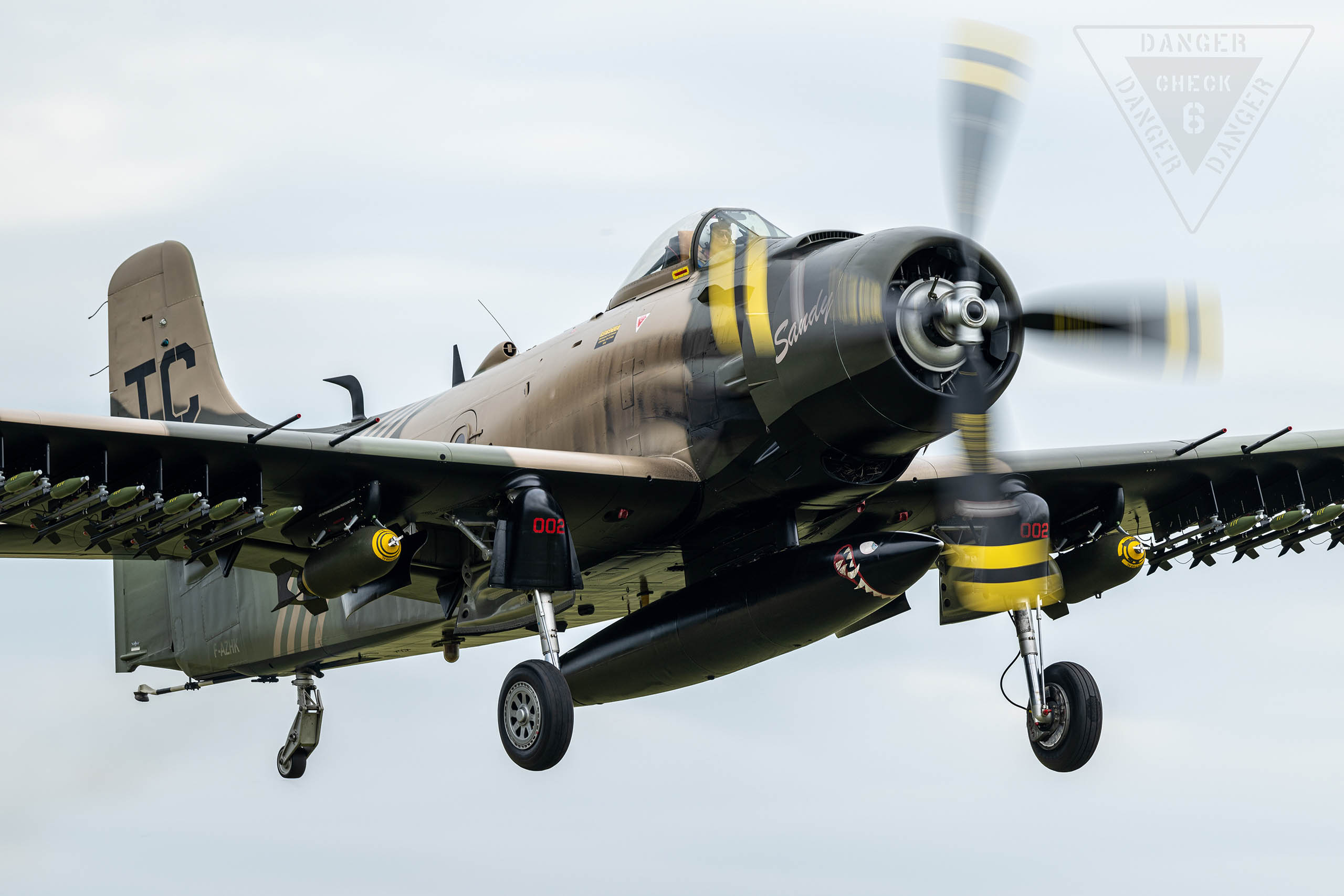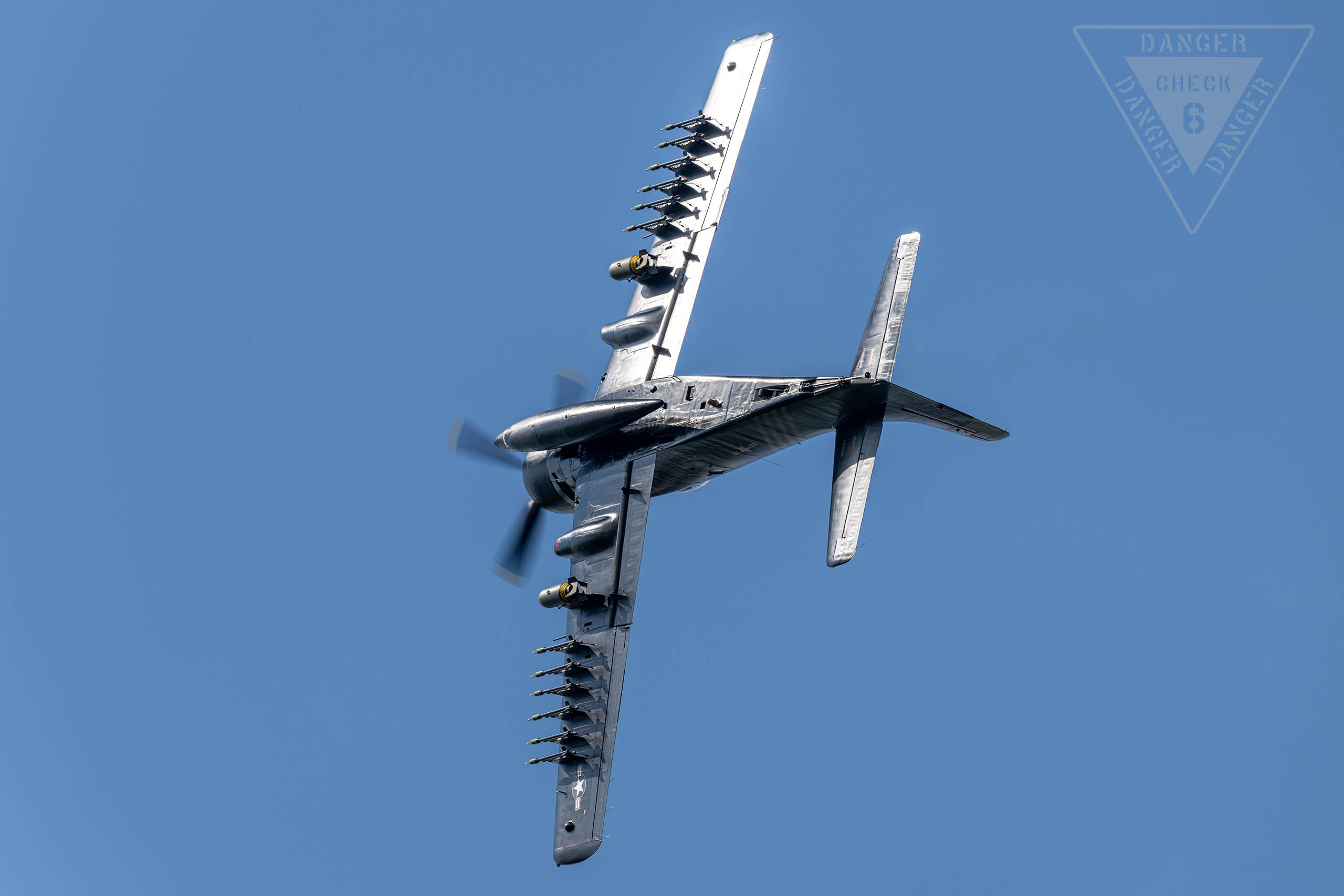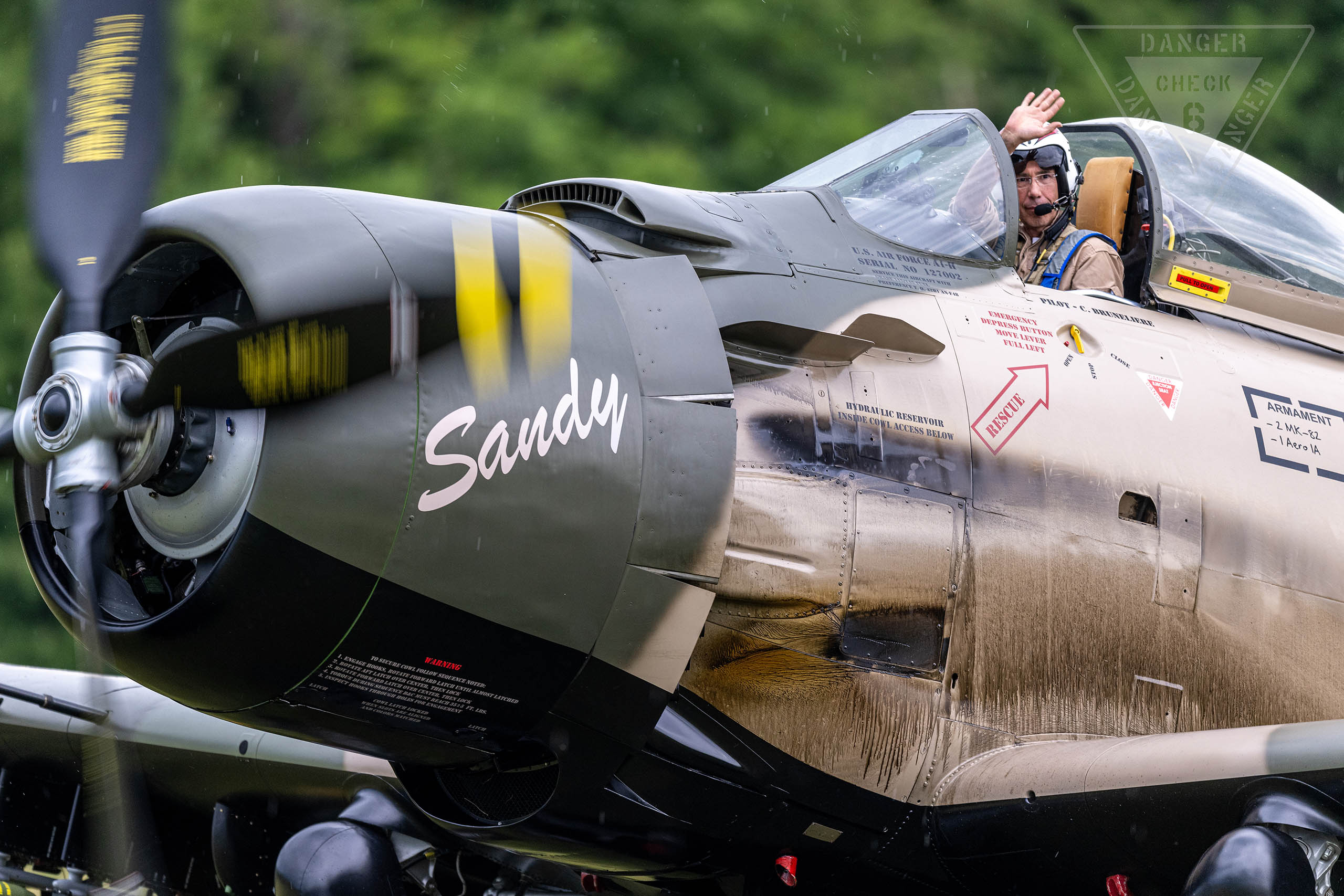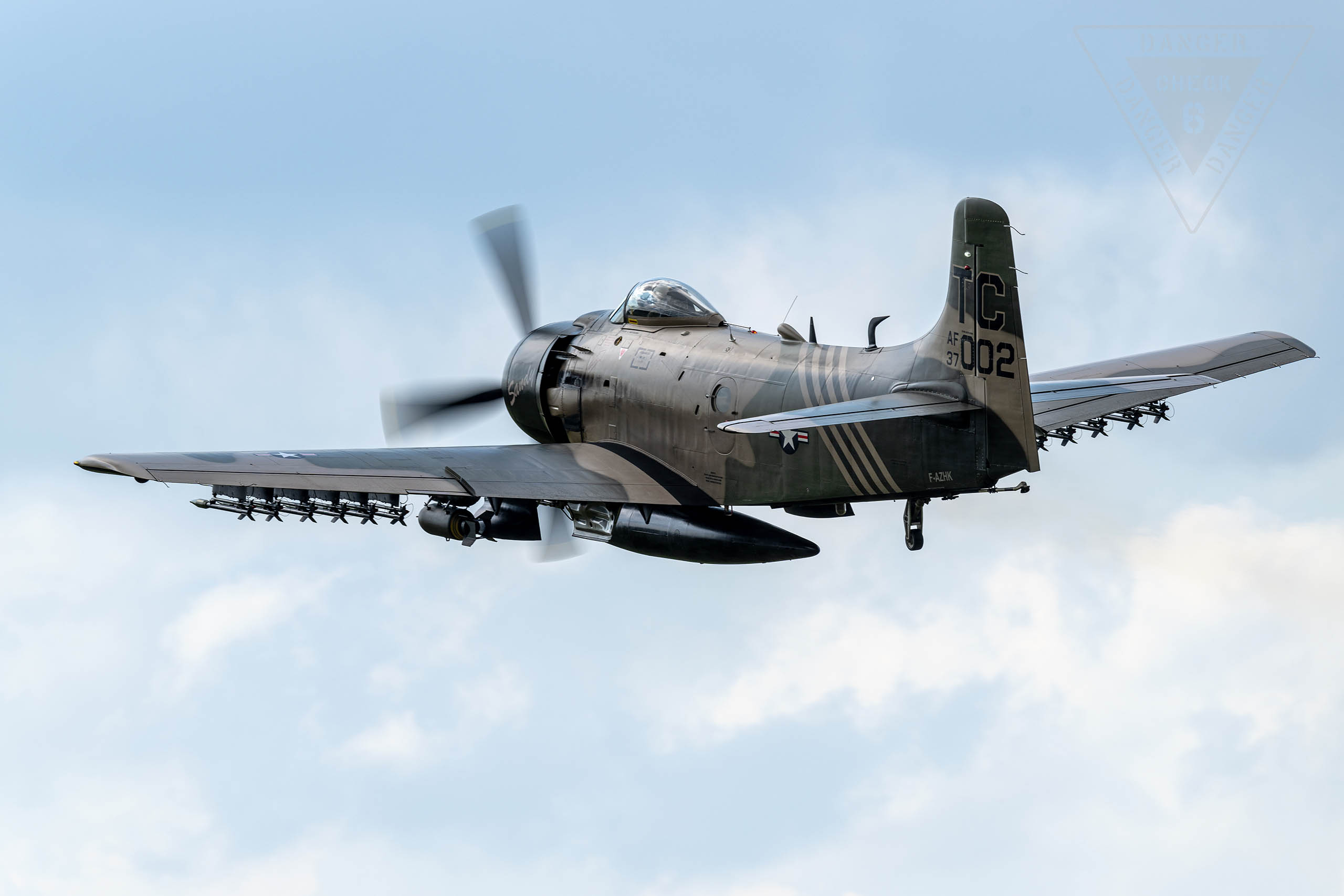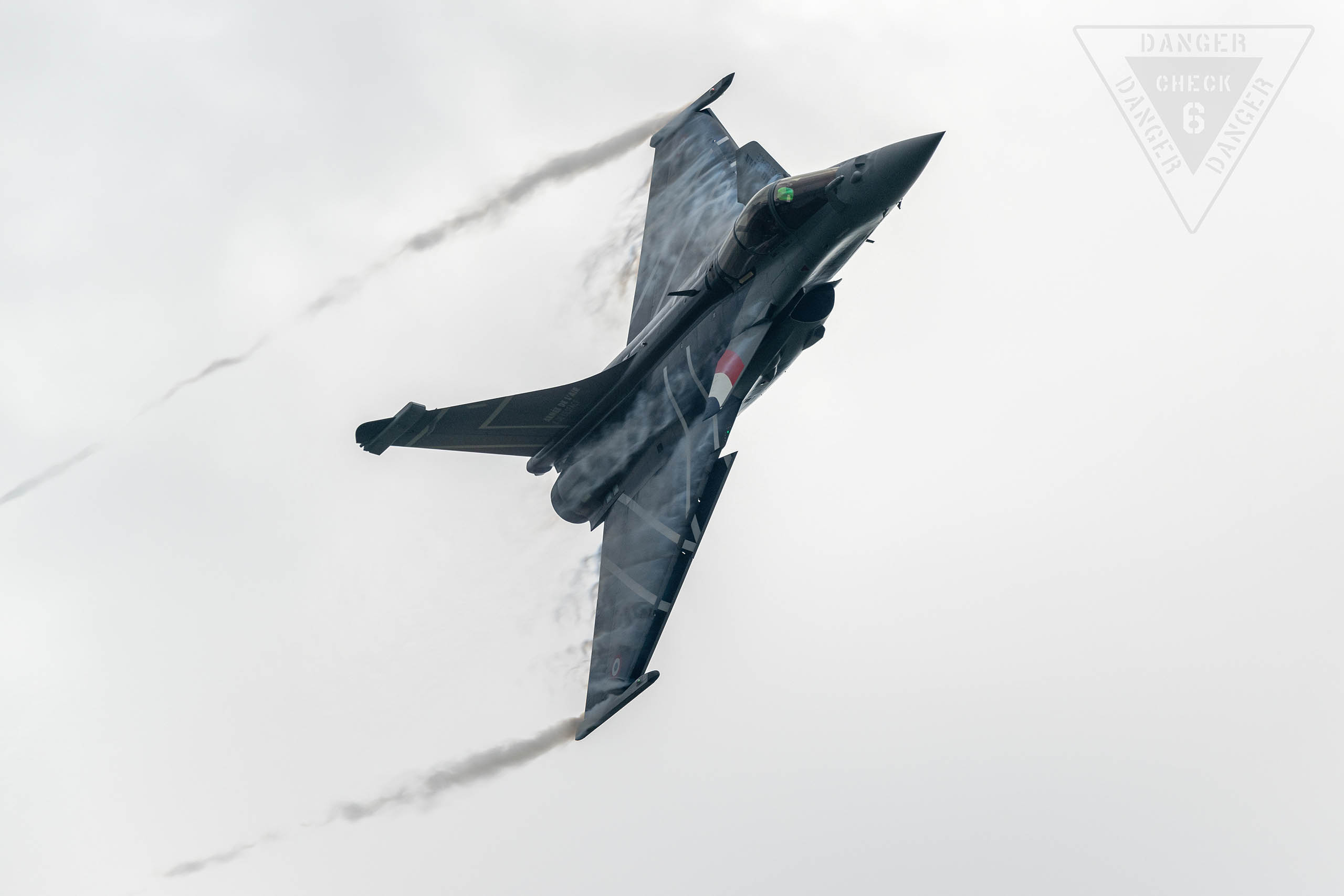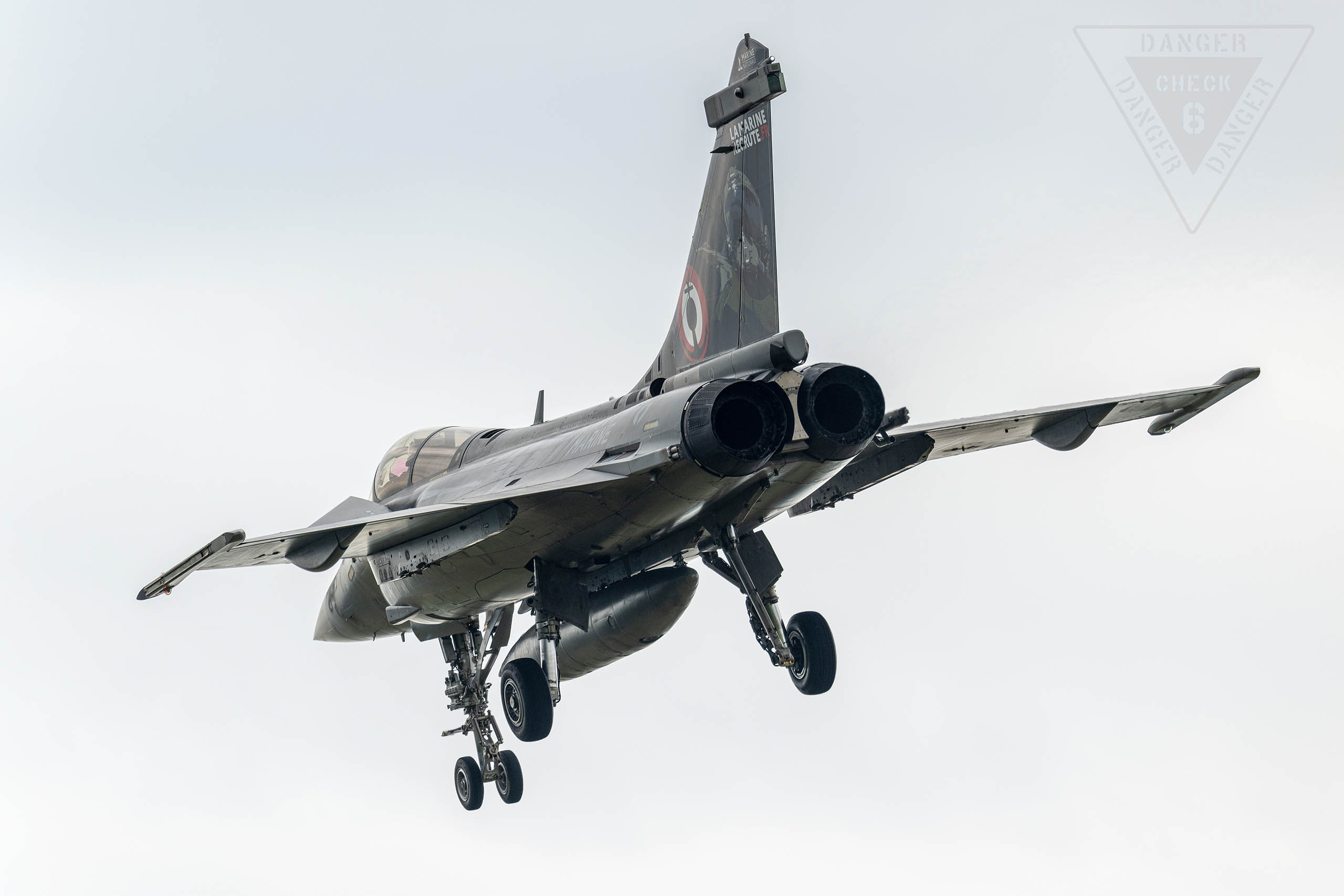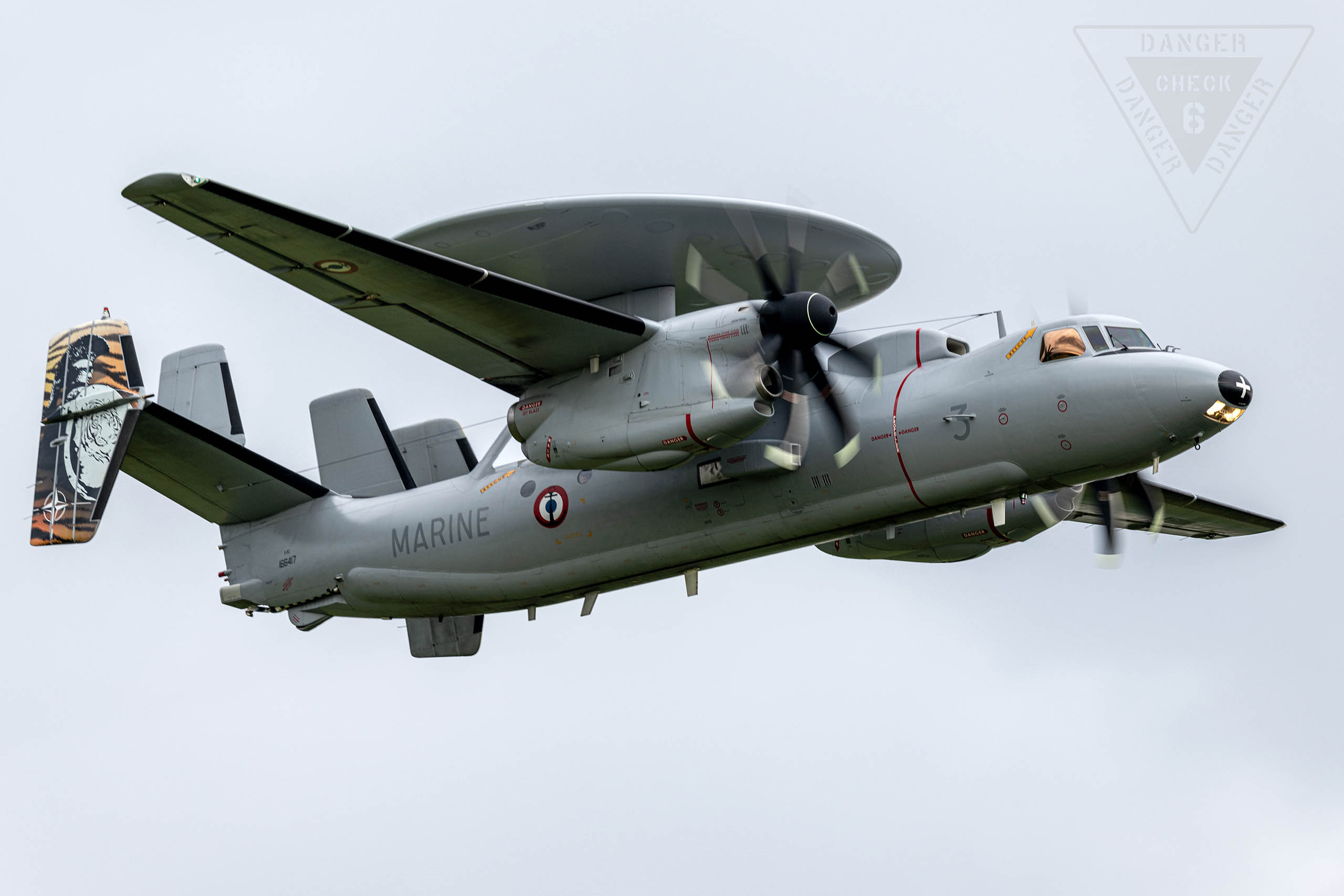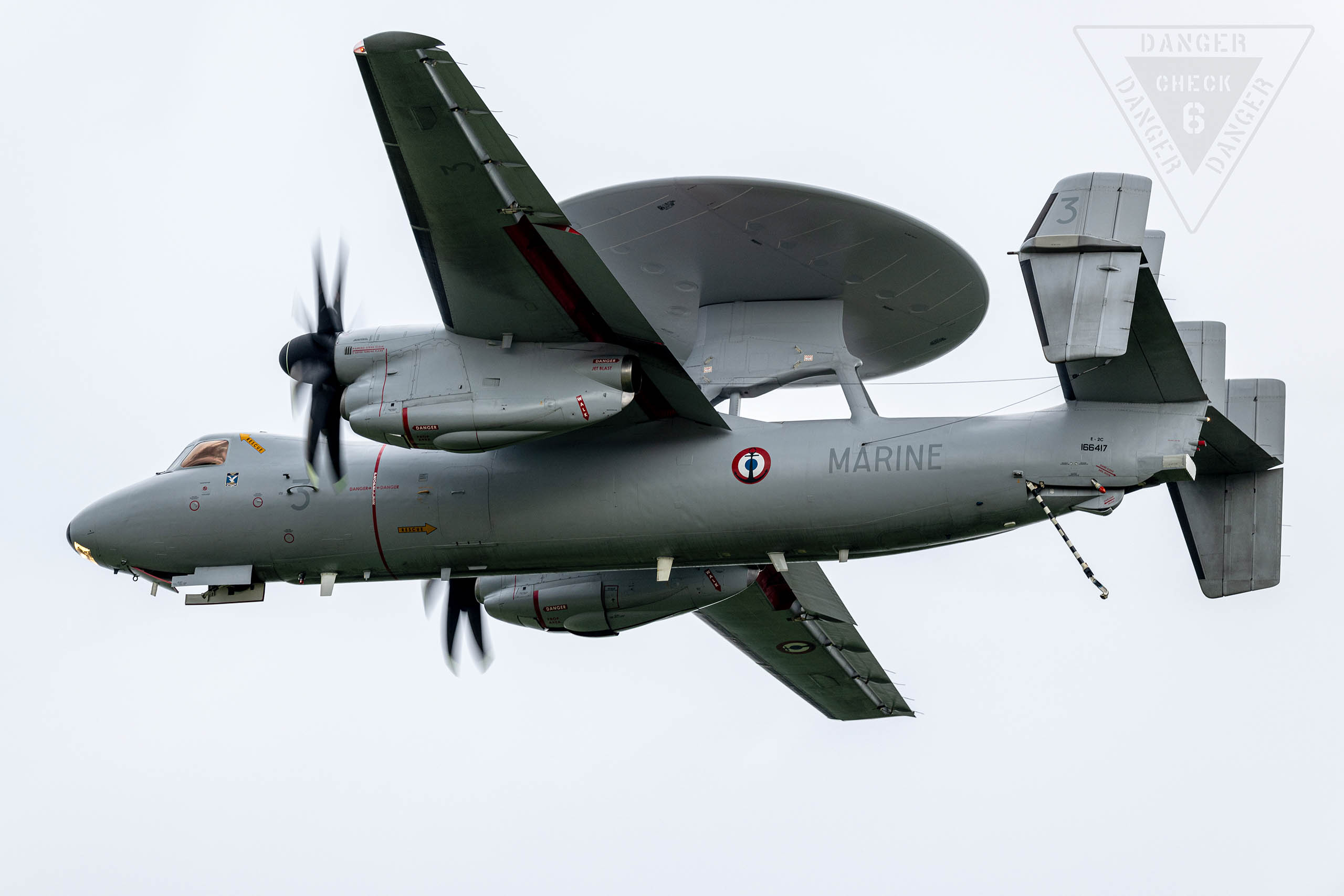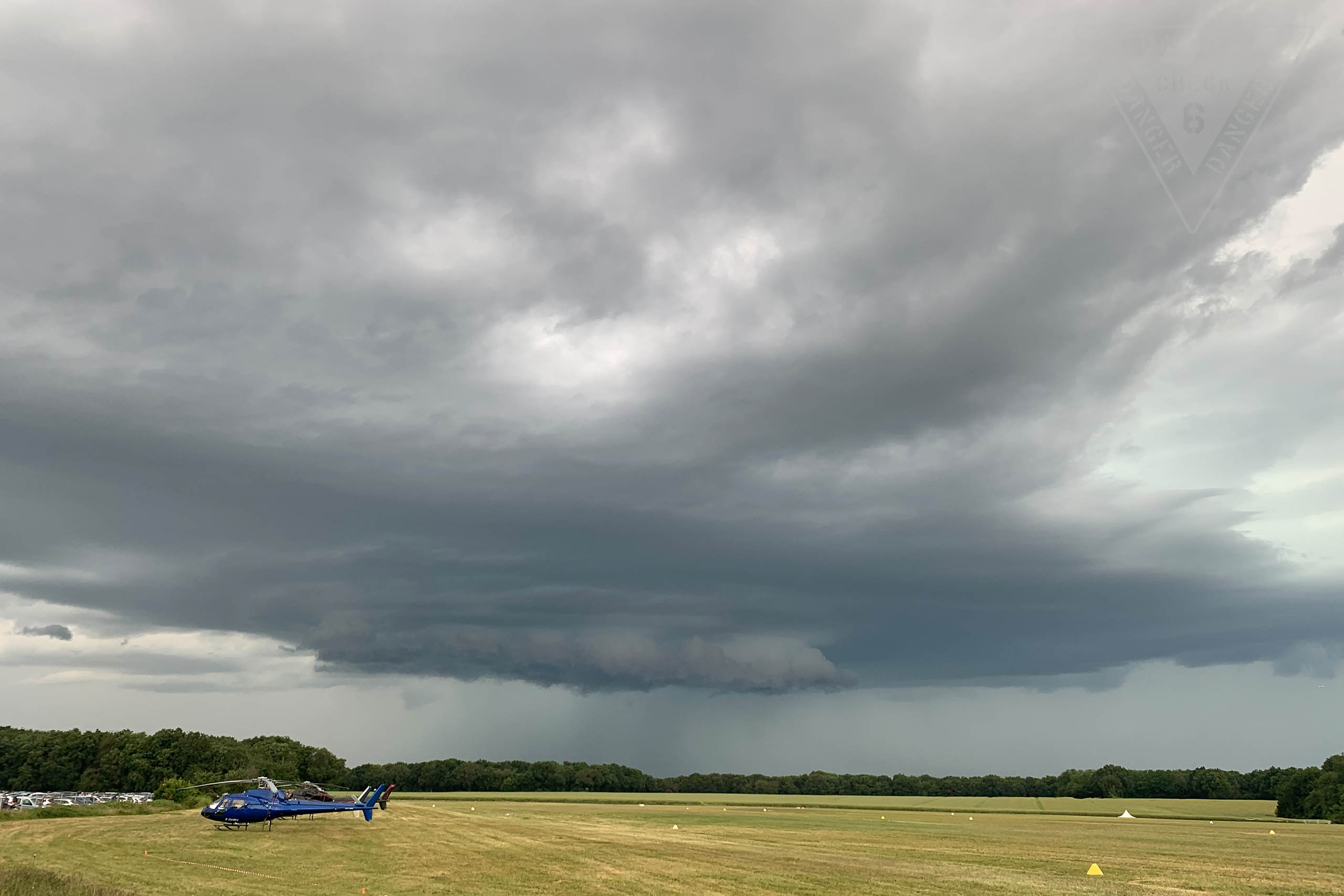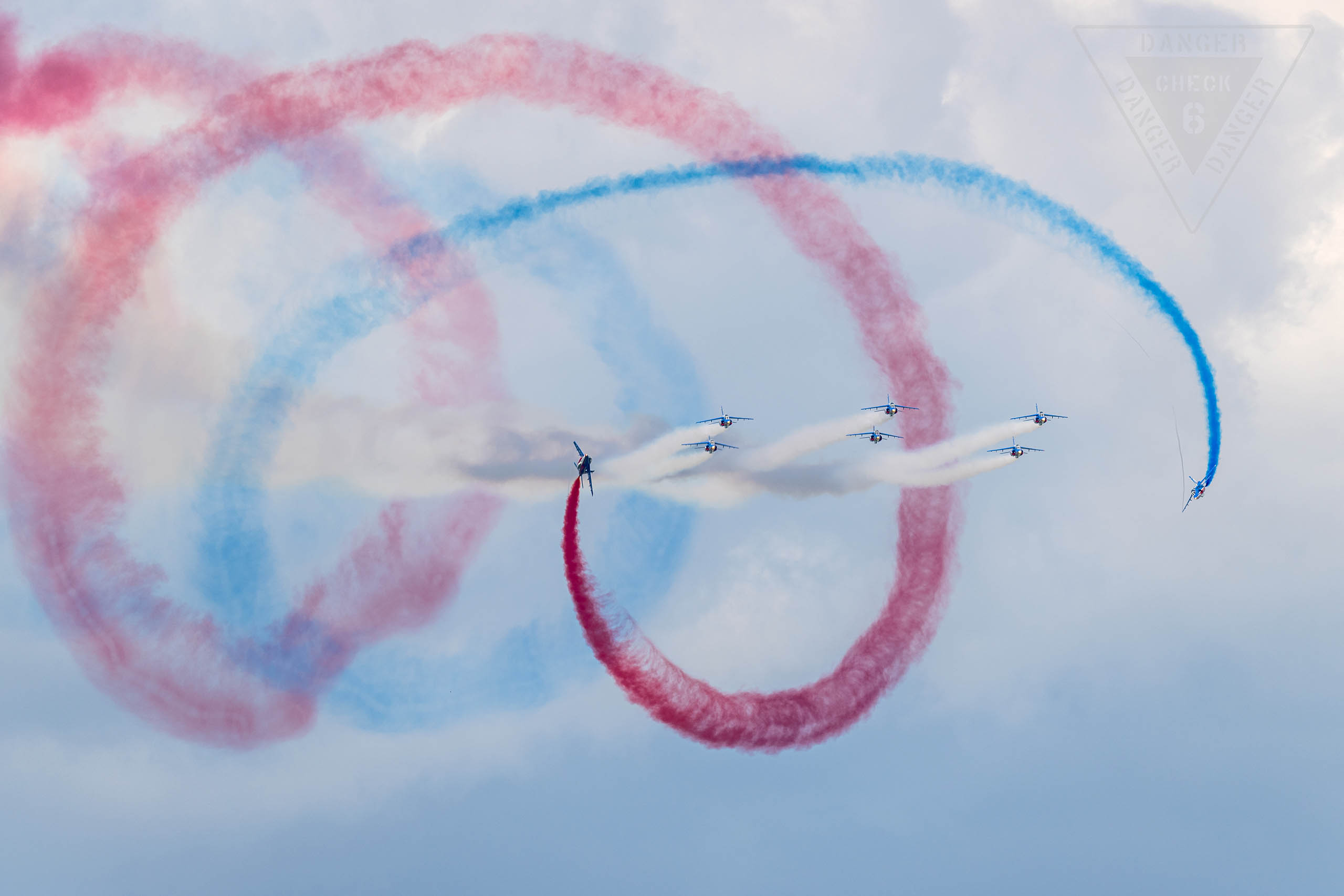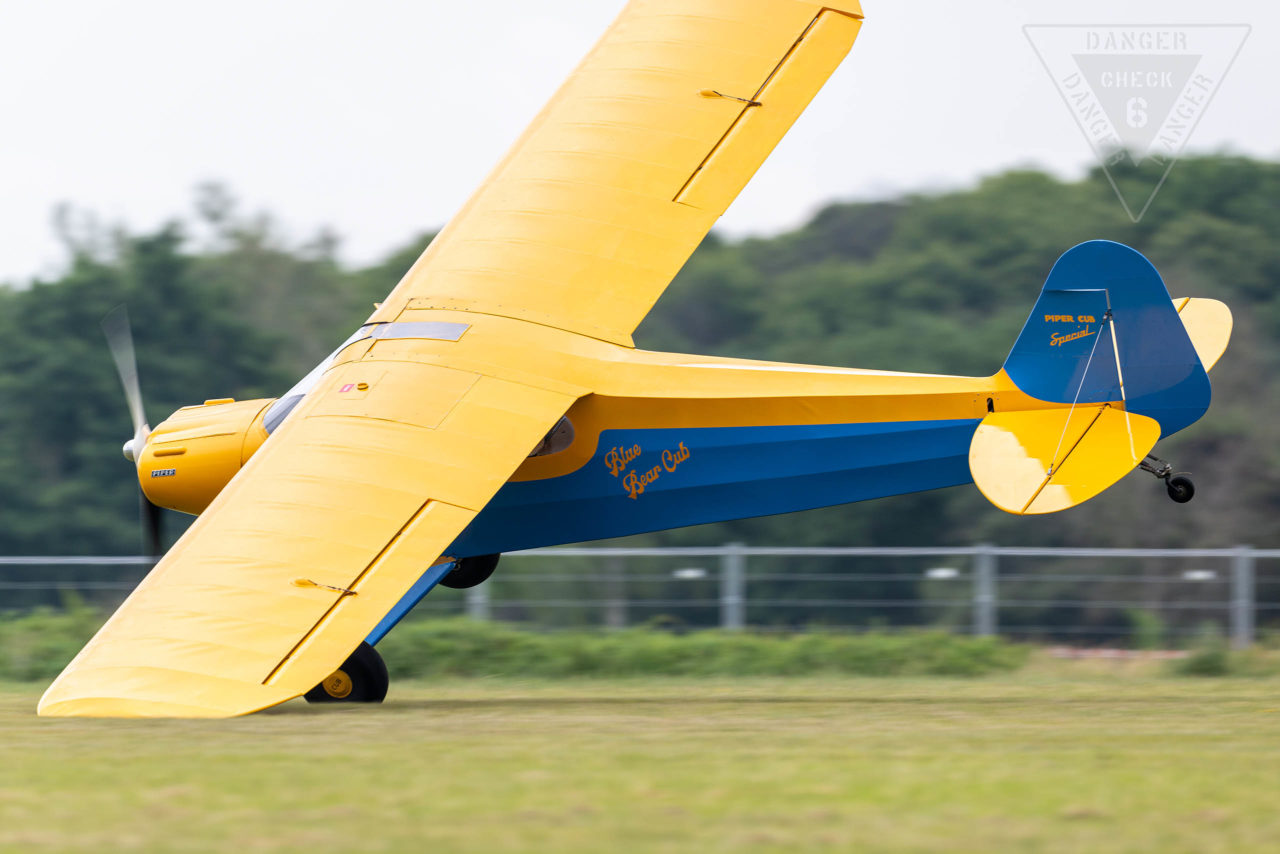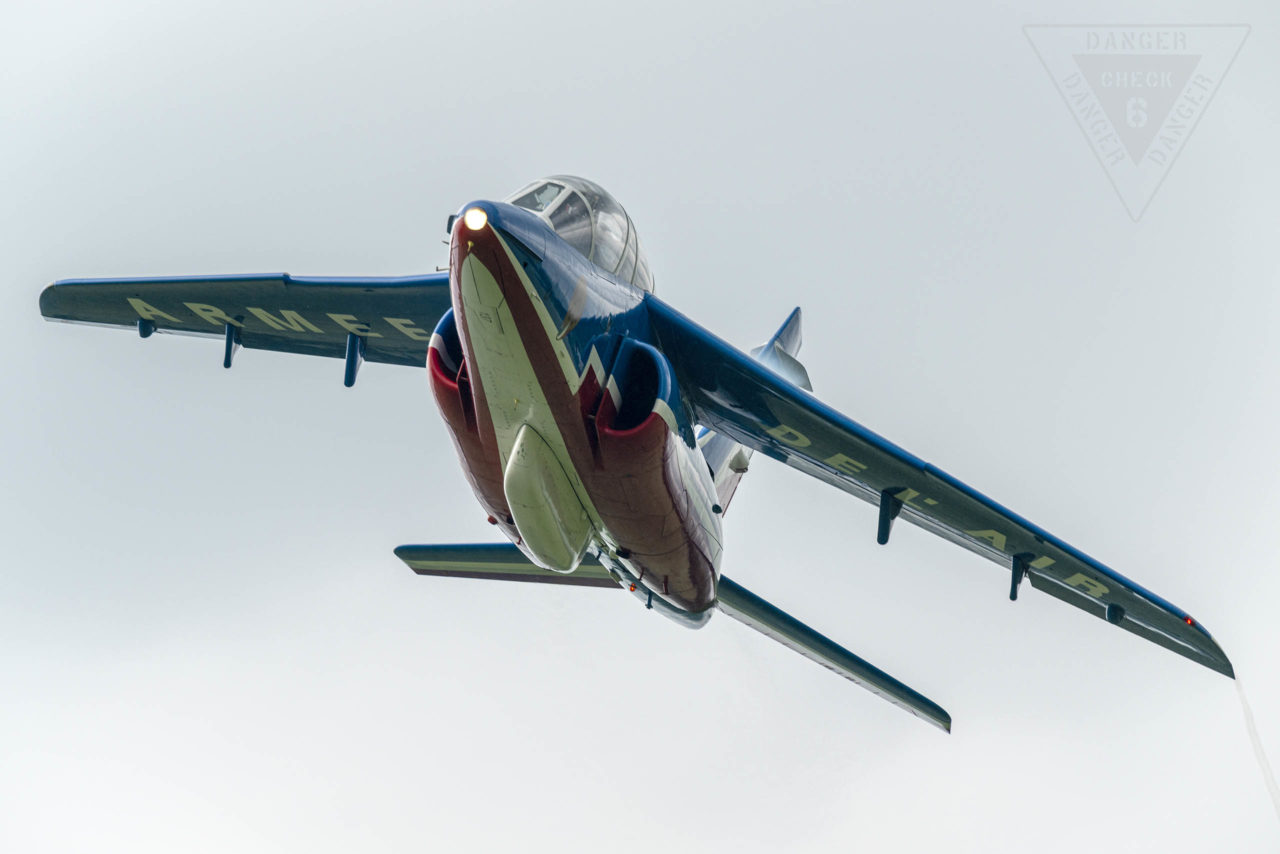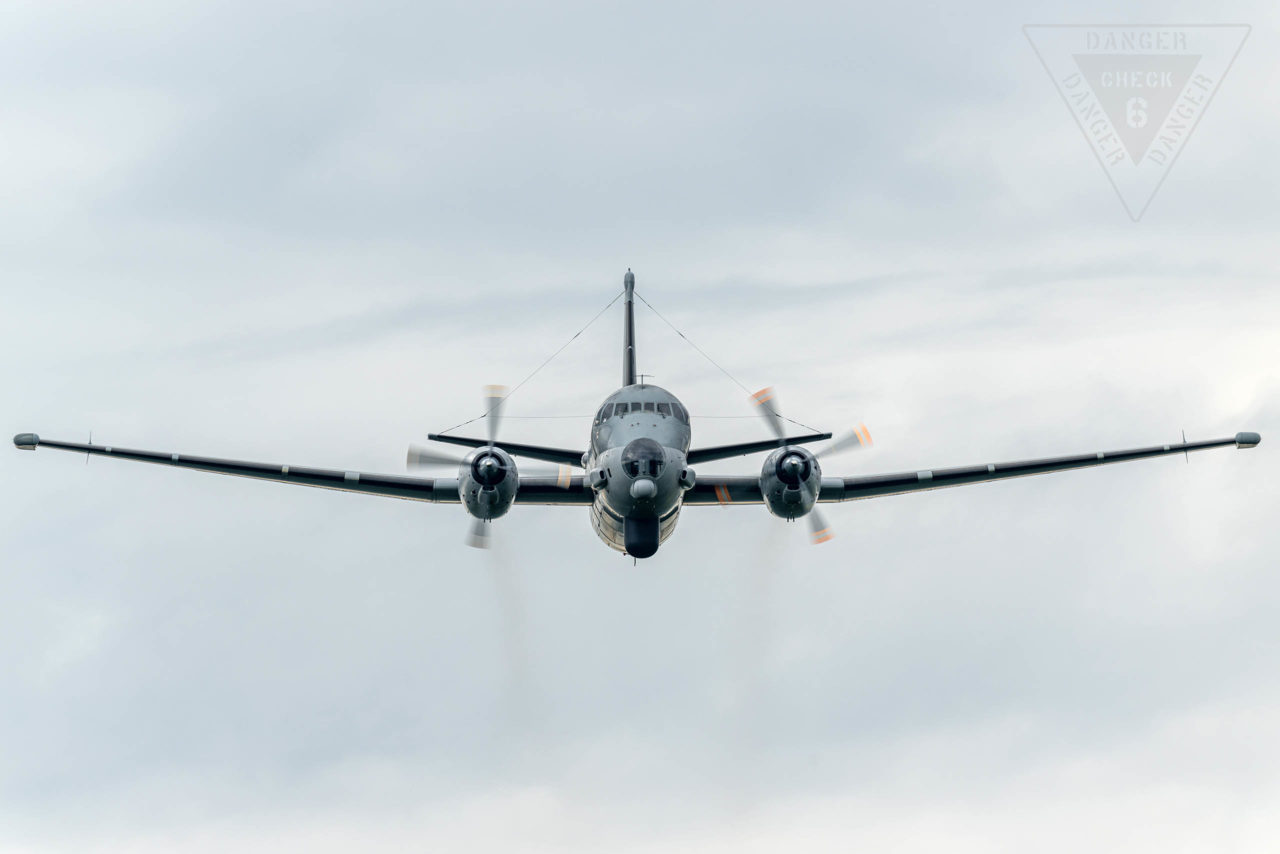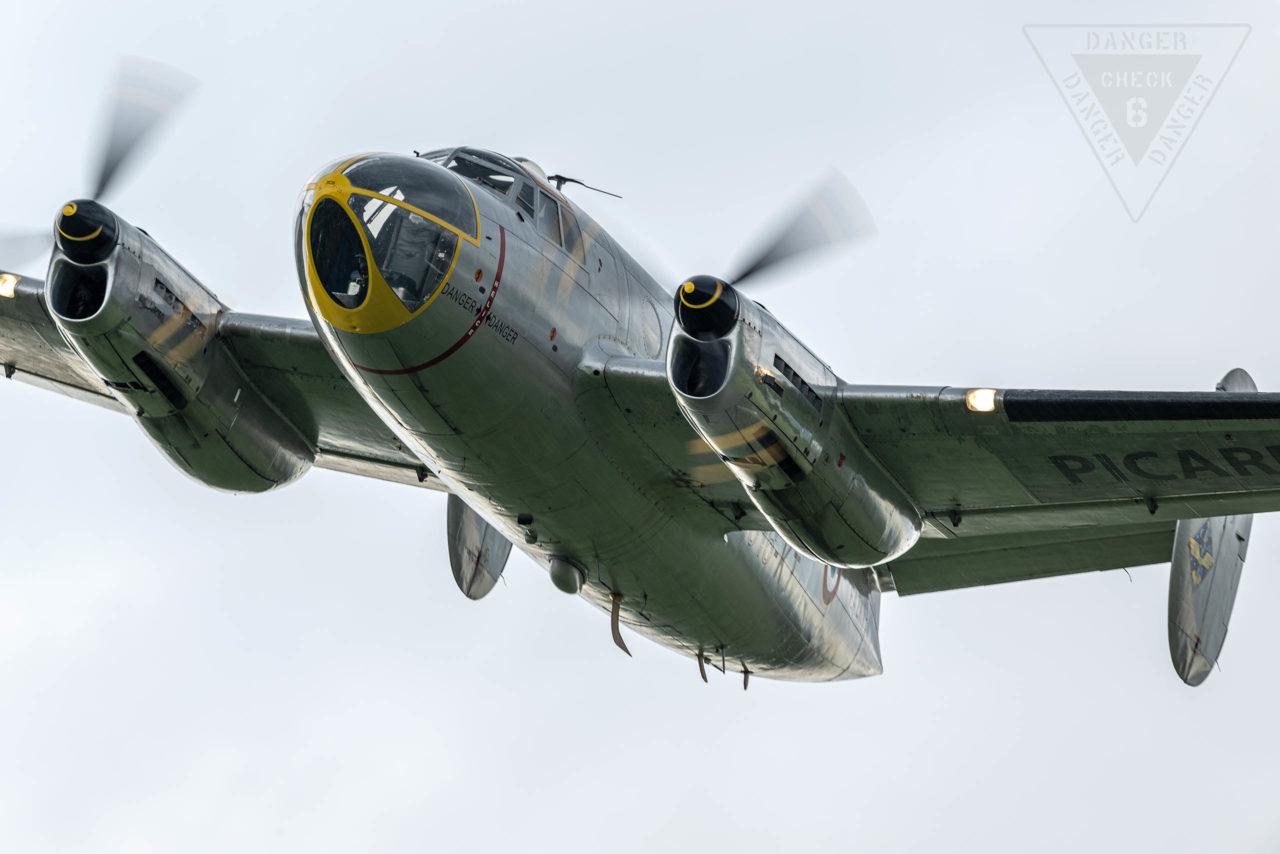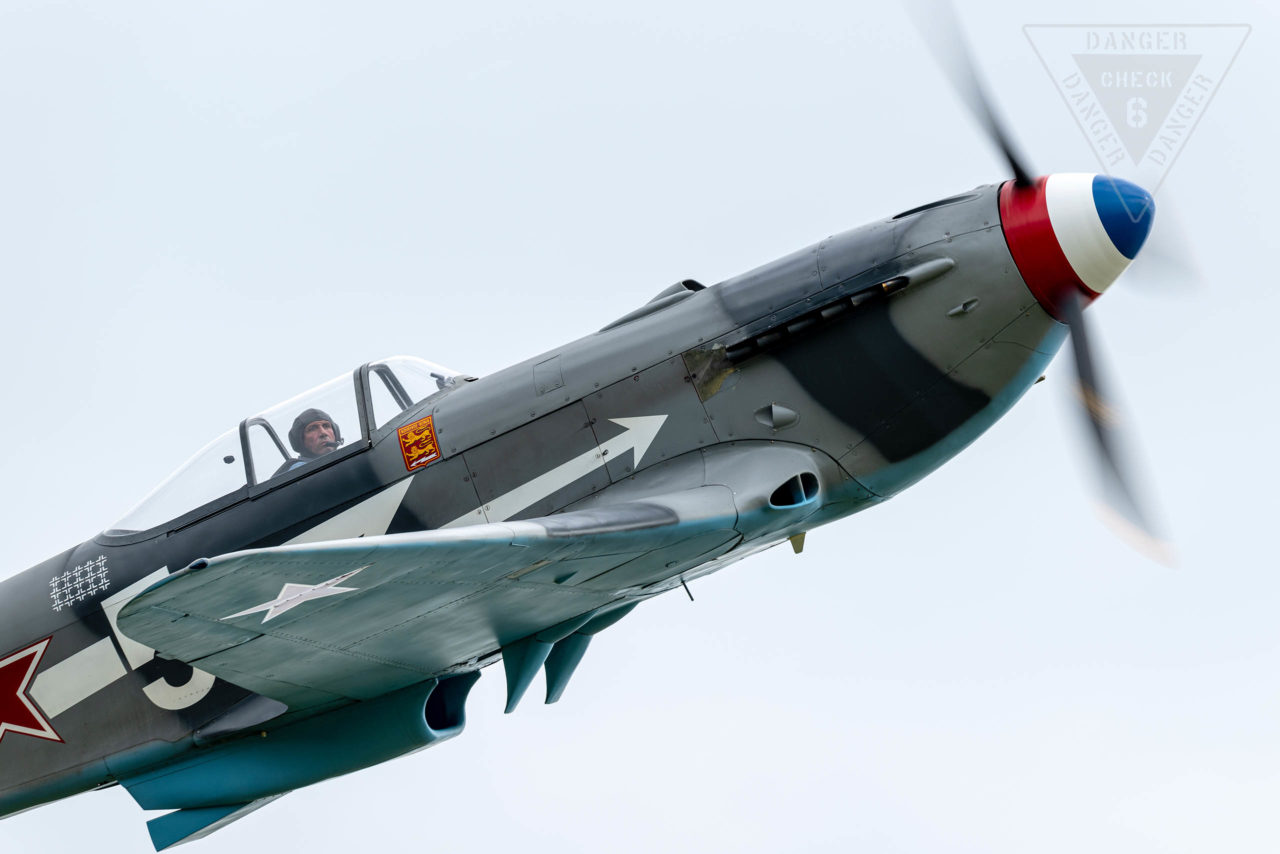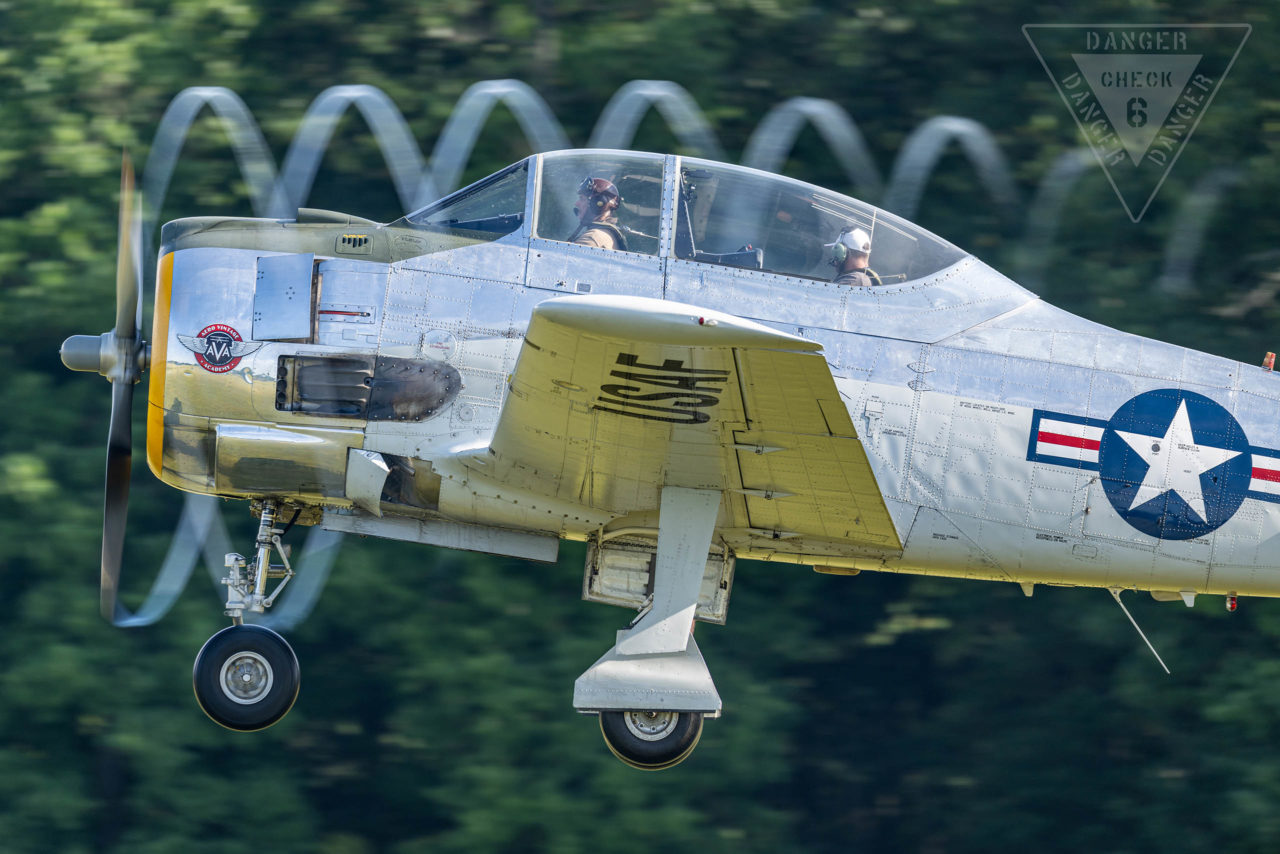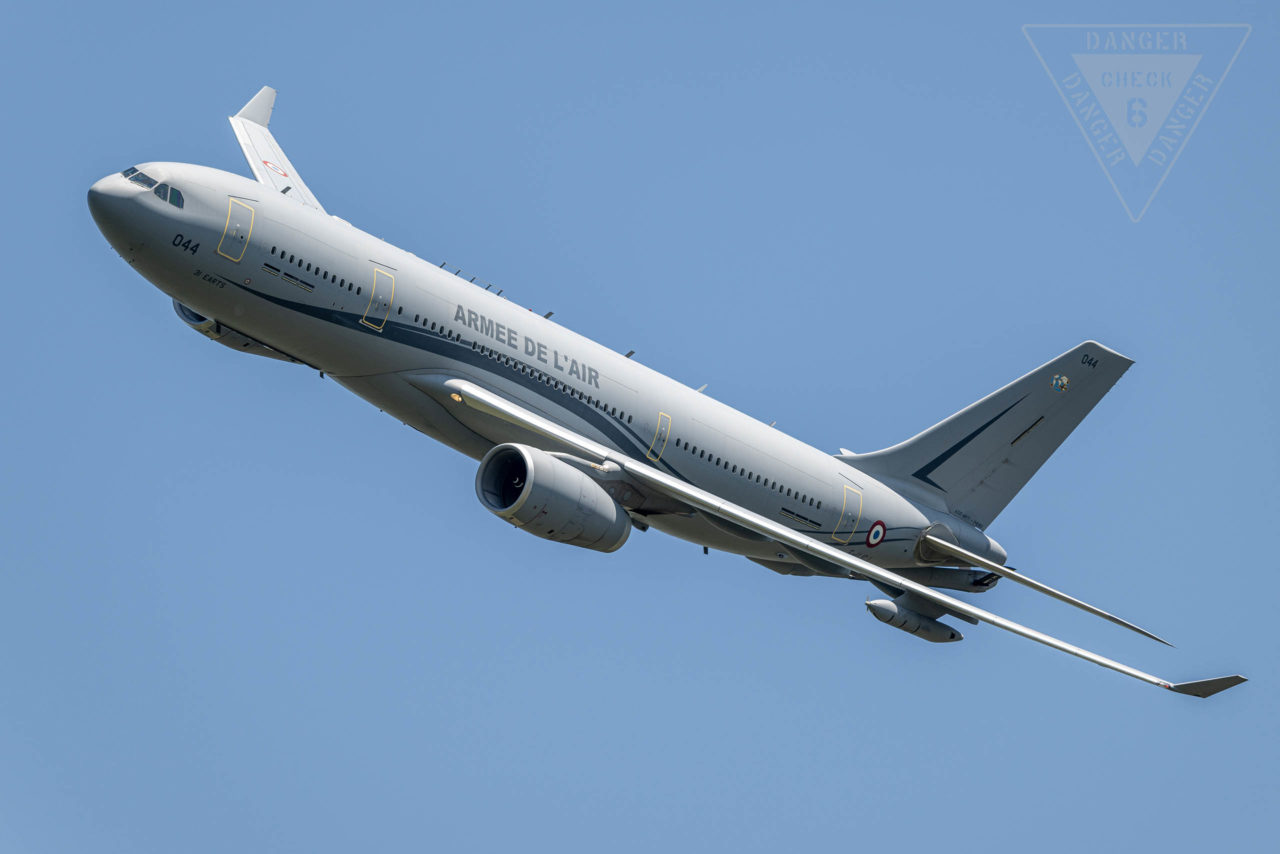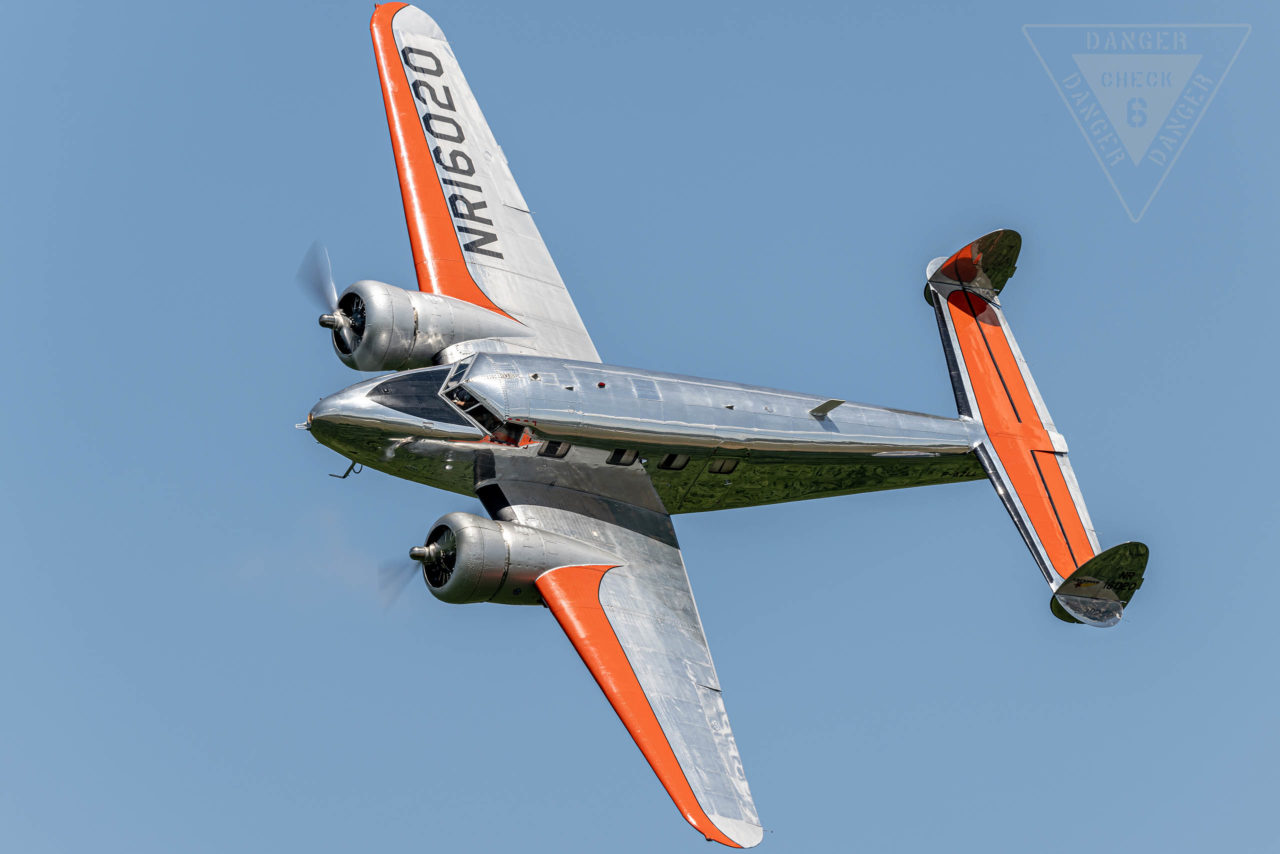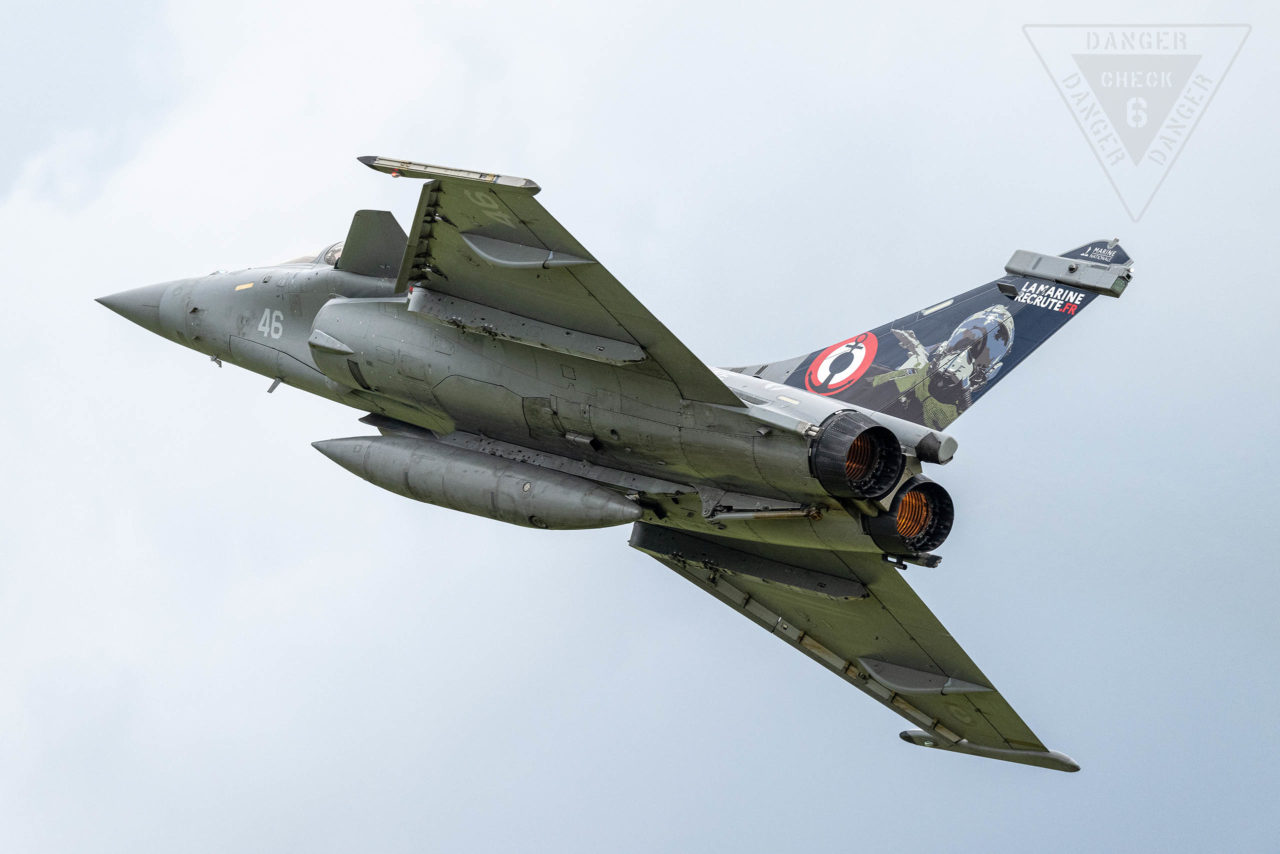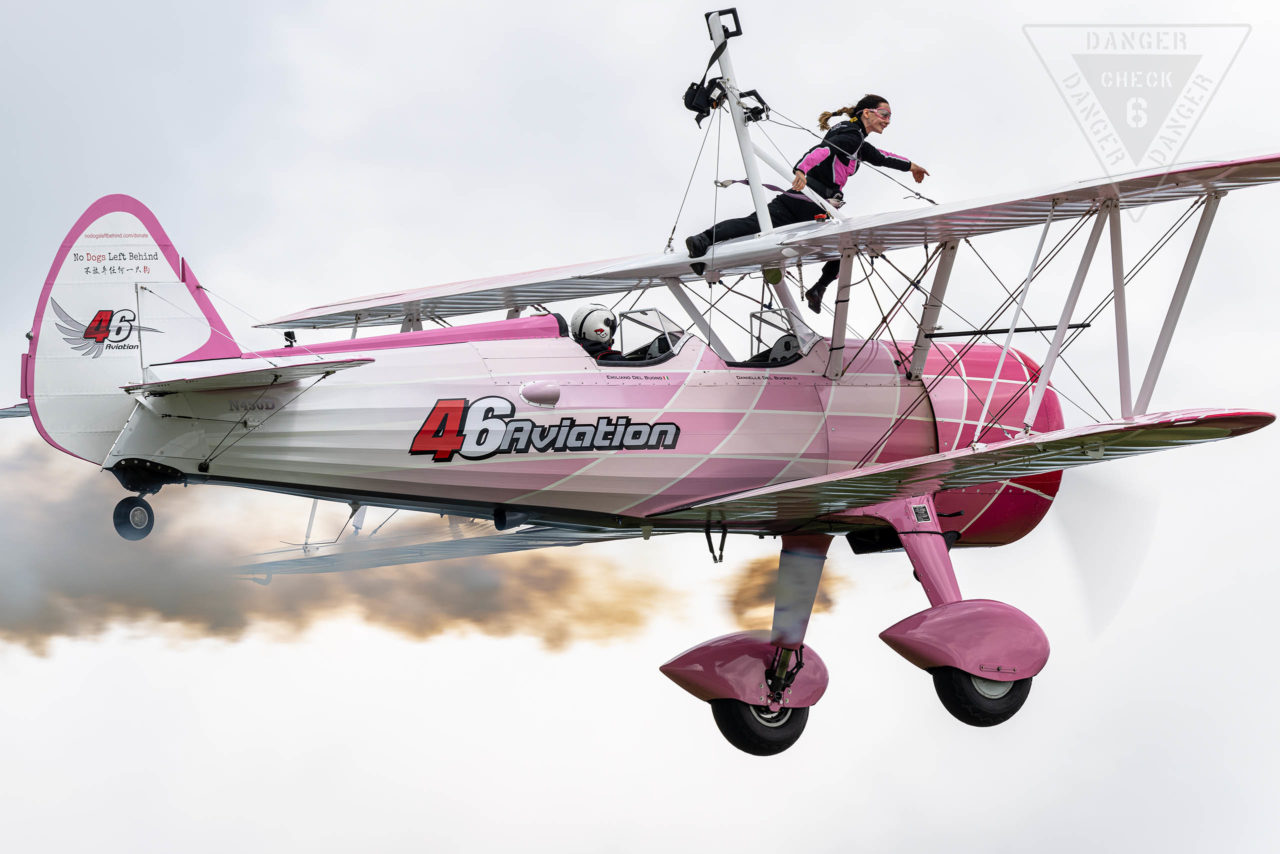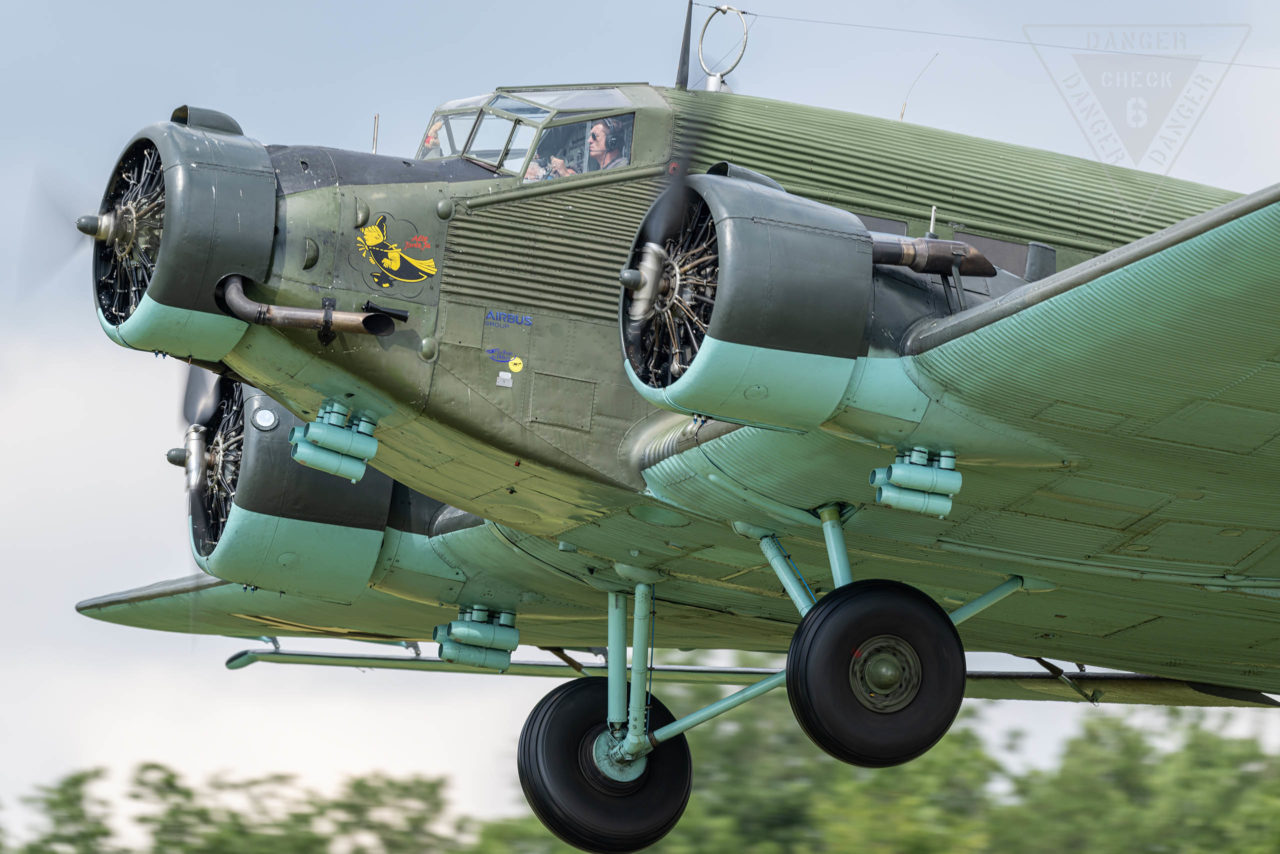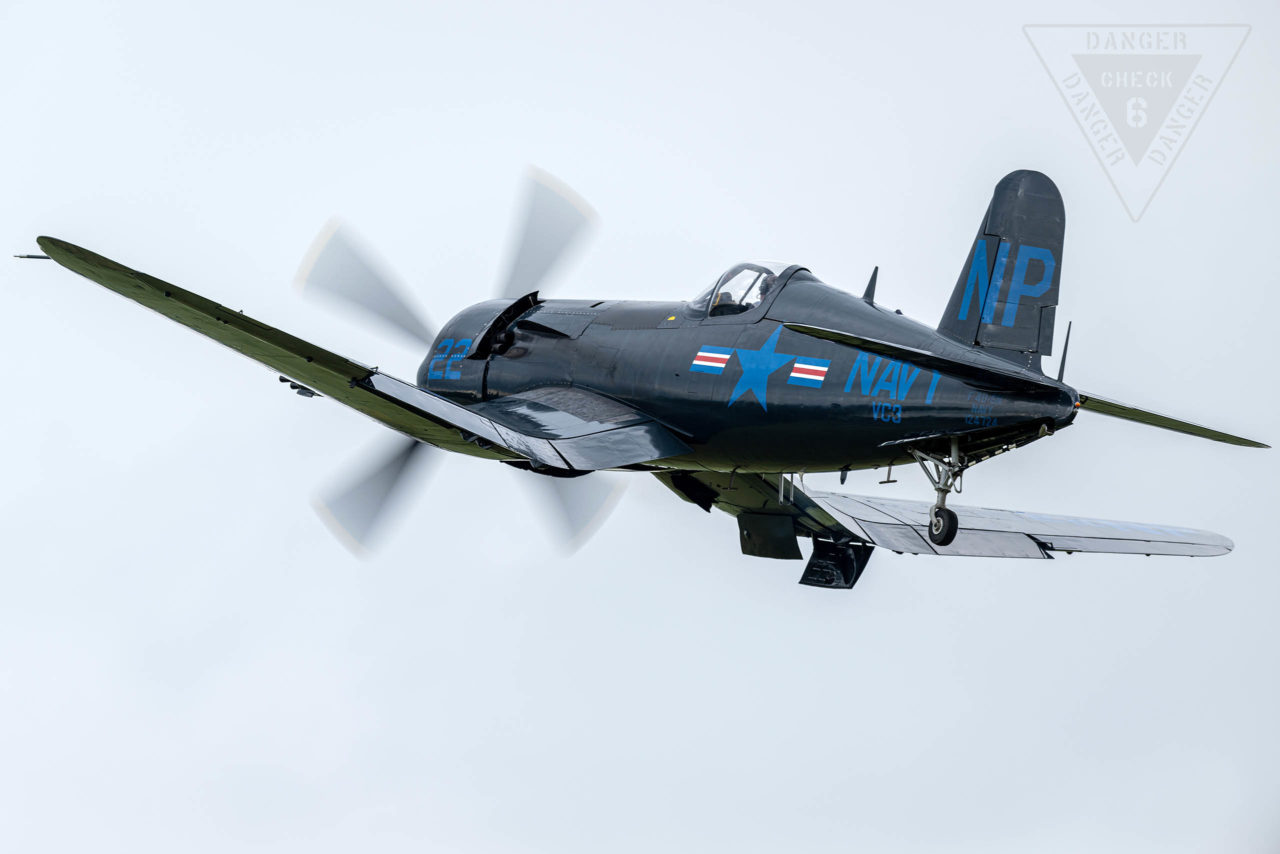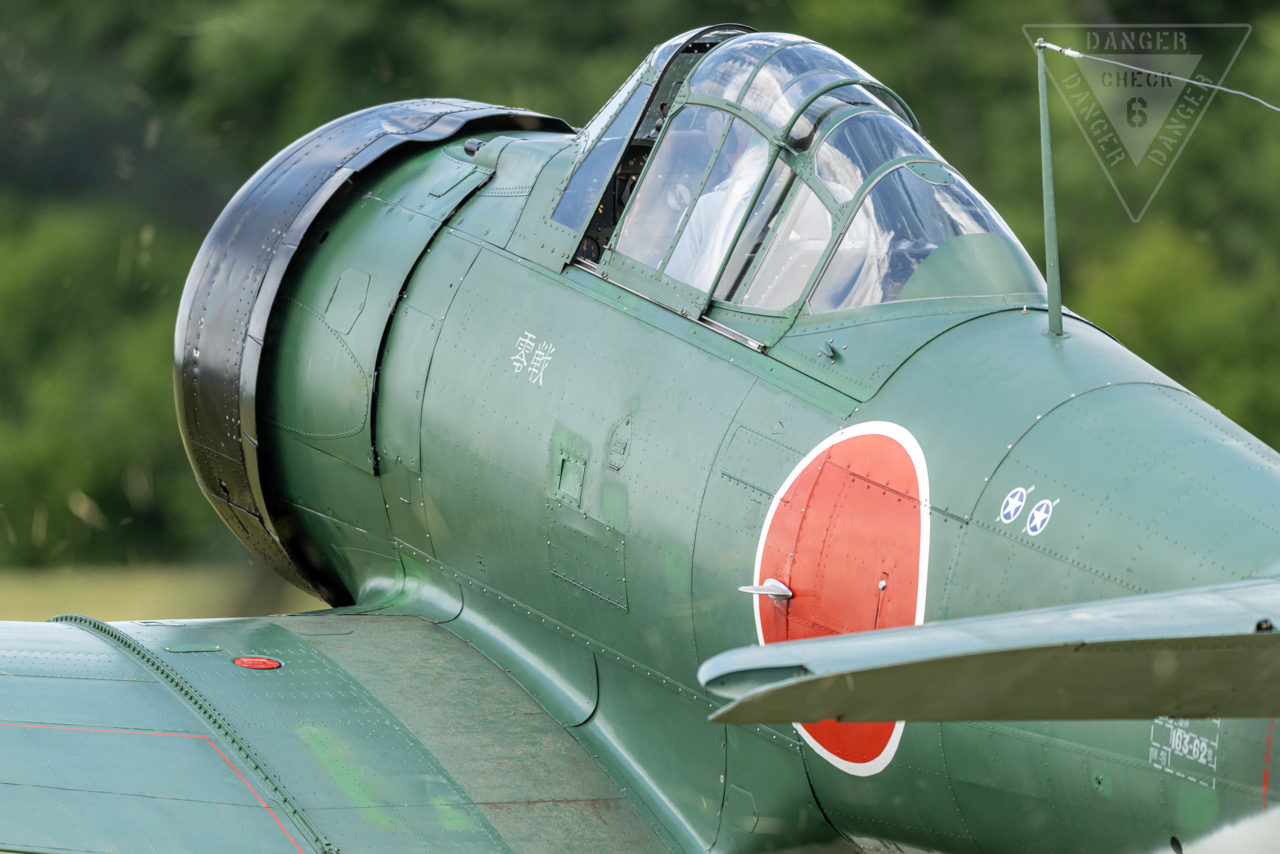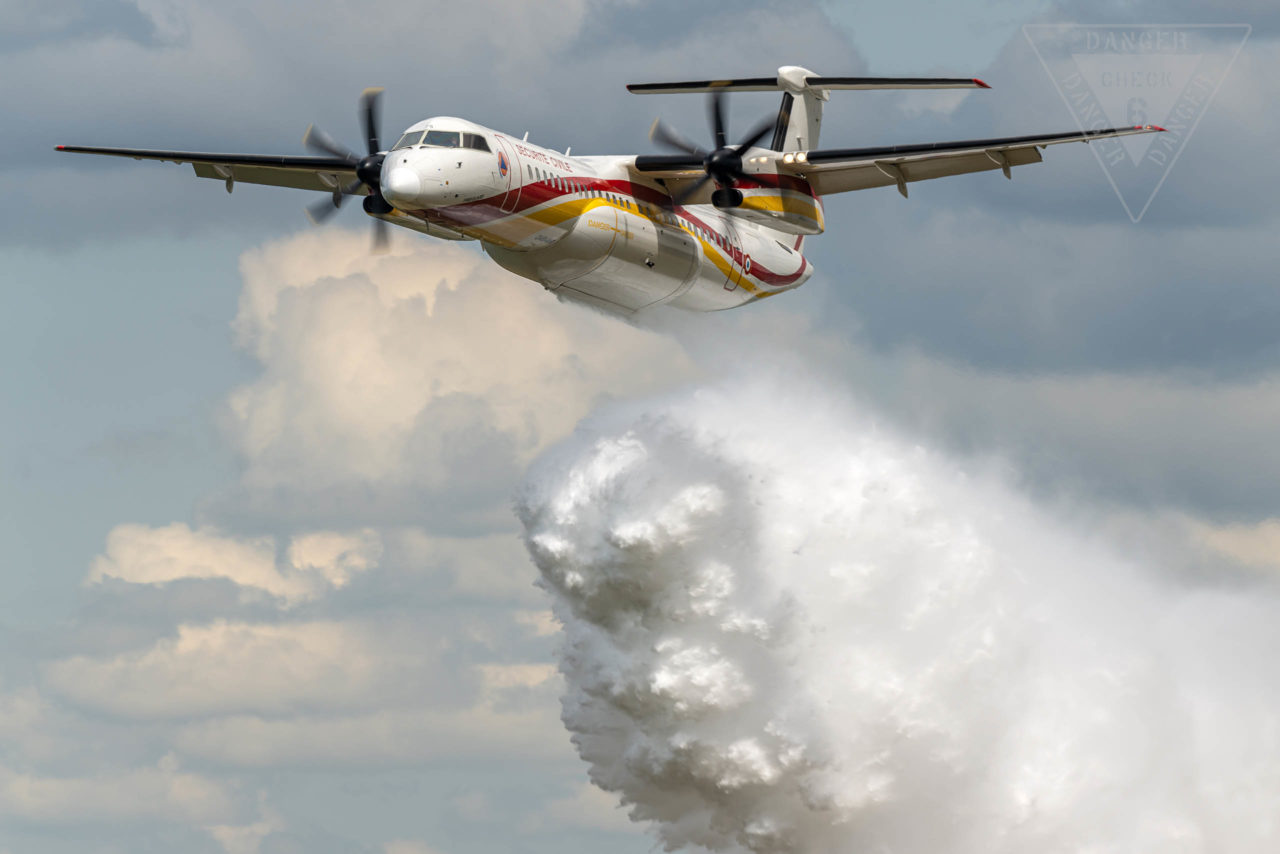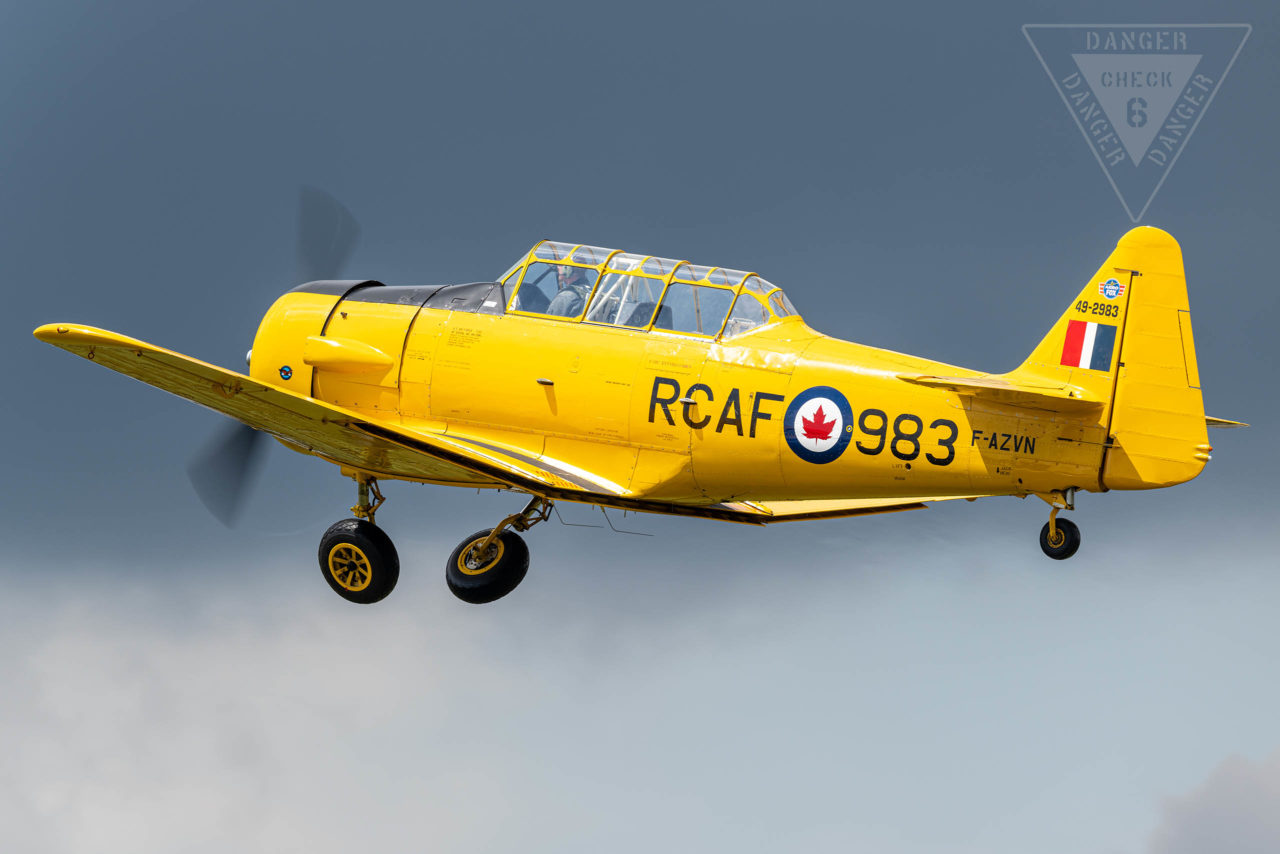Fête Aérienne 2022 - Aerodrome La Ferté-Alais / France
Update: 2022/07/14 by Robert Kysela / CHK6
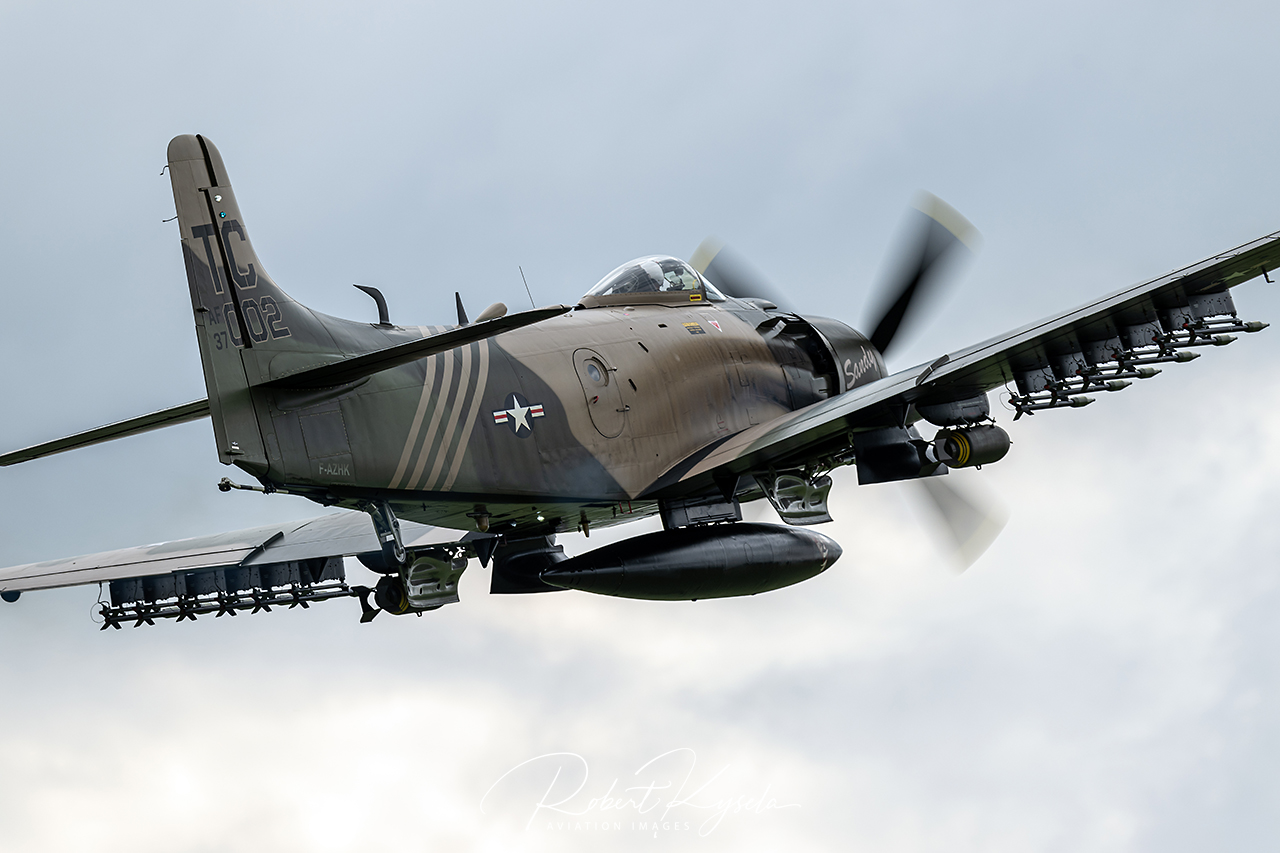
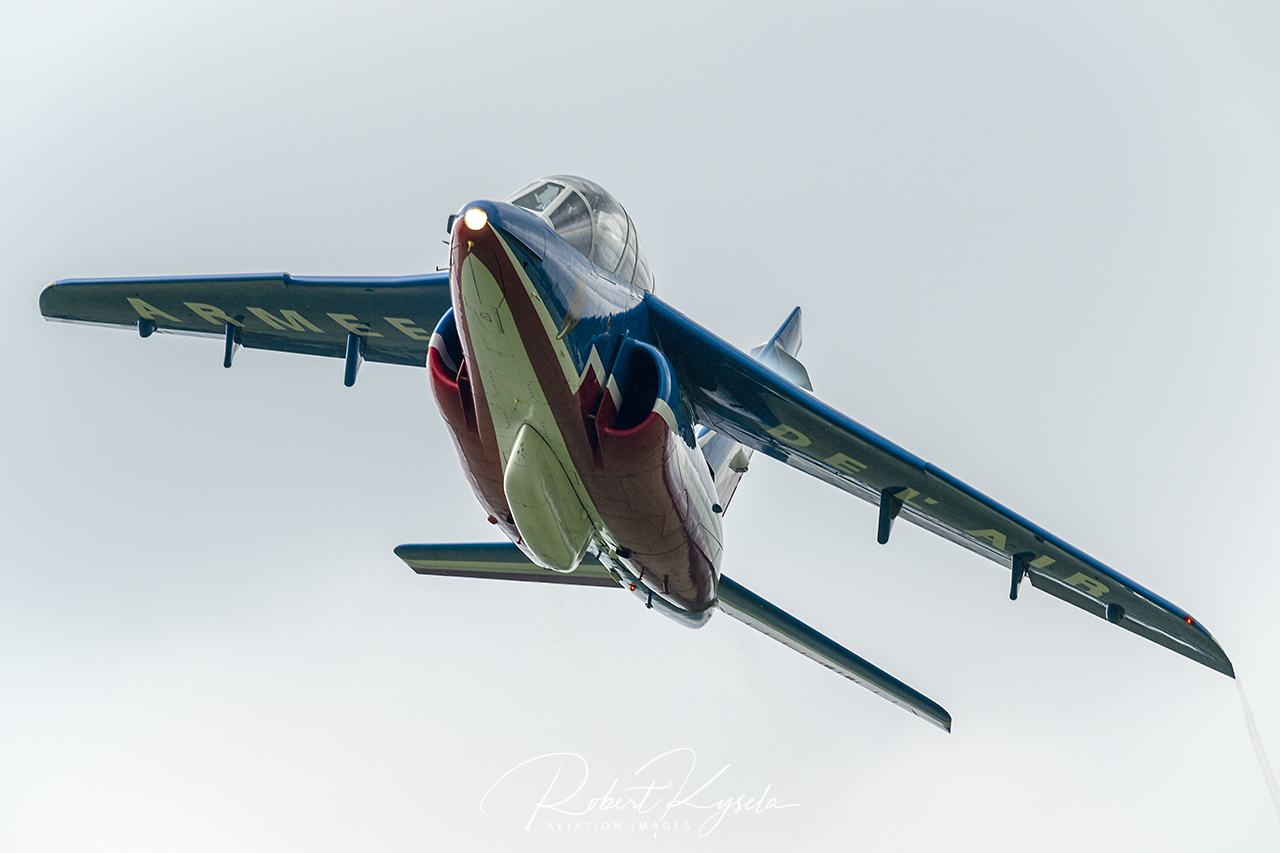
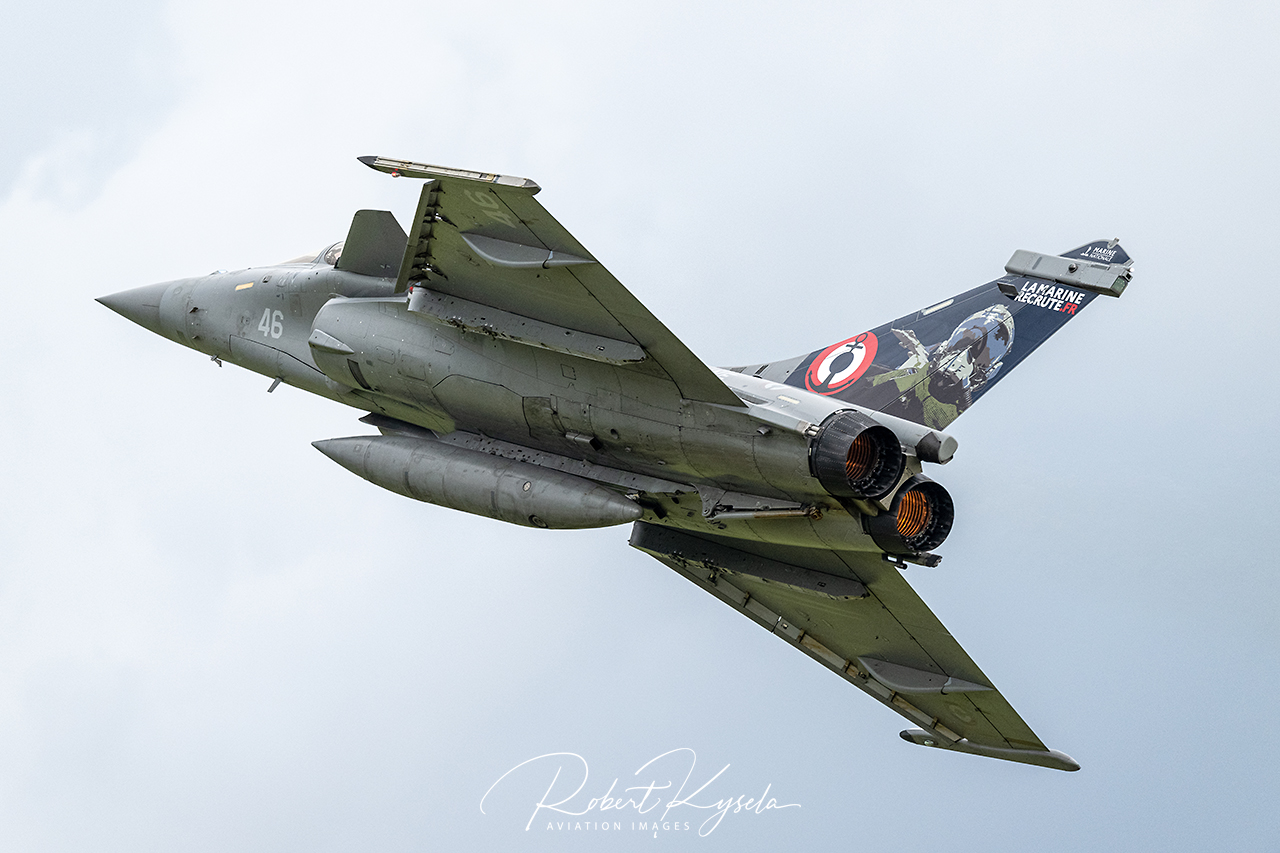
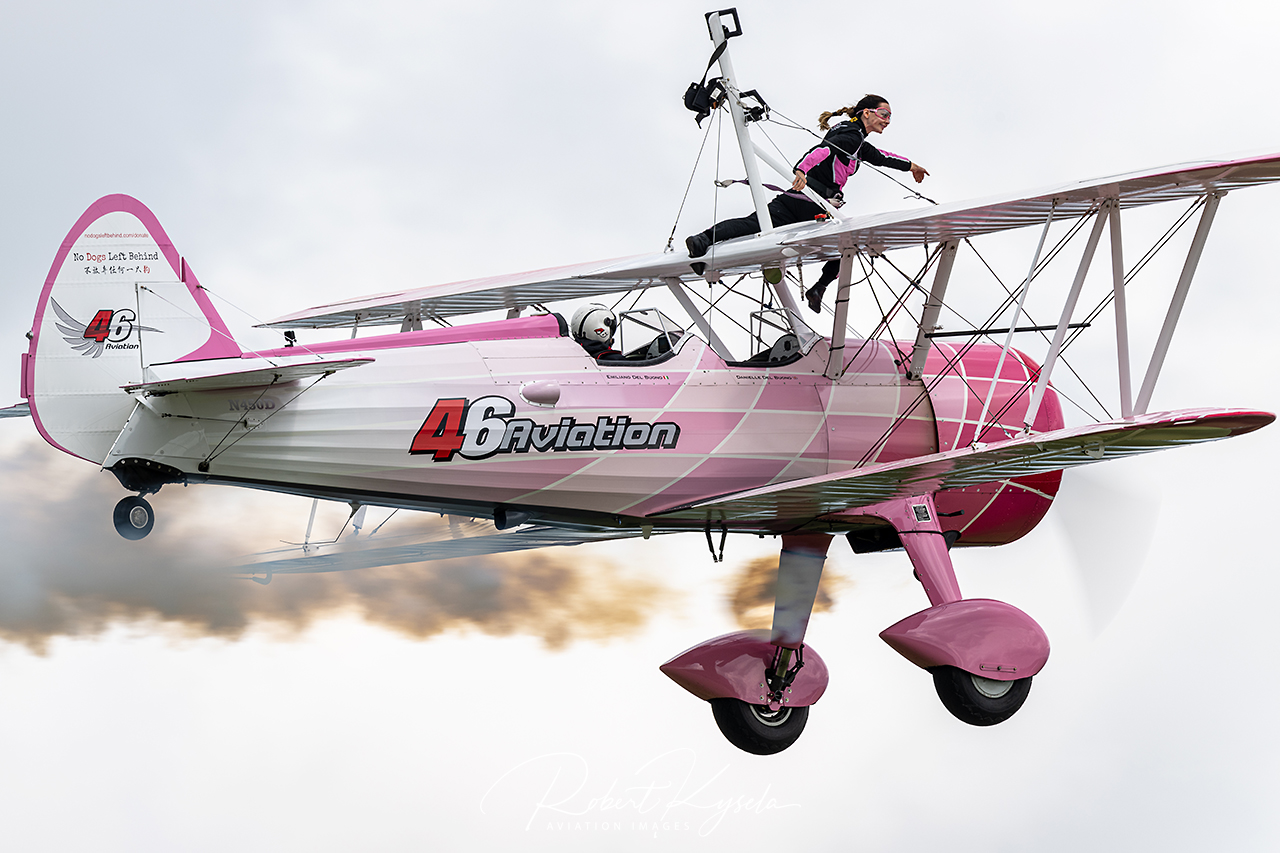
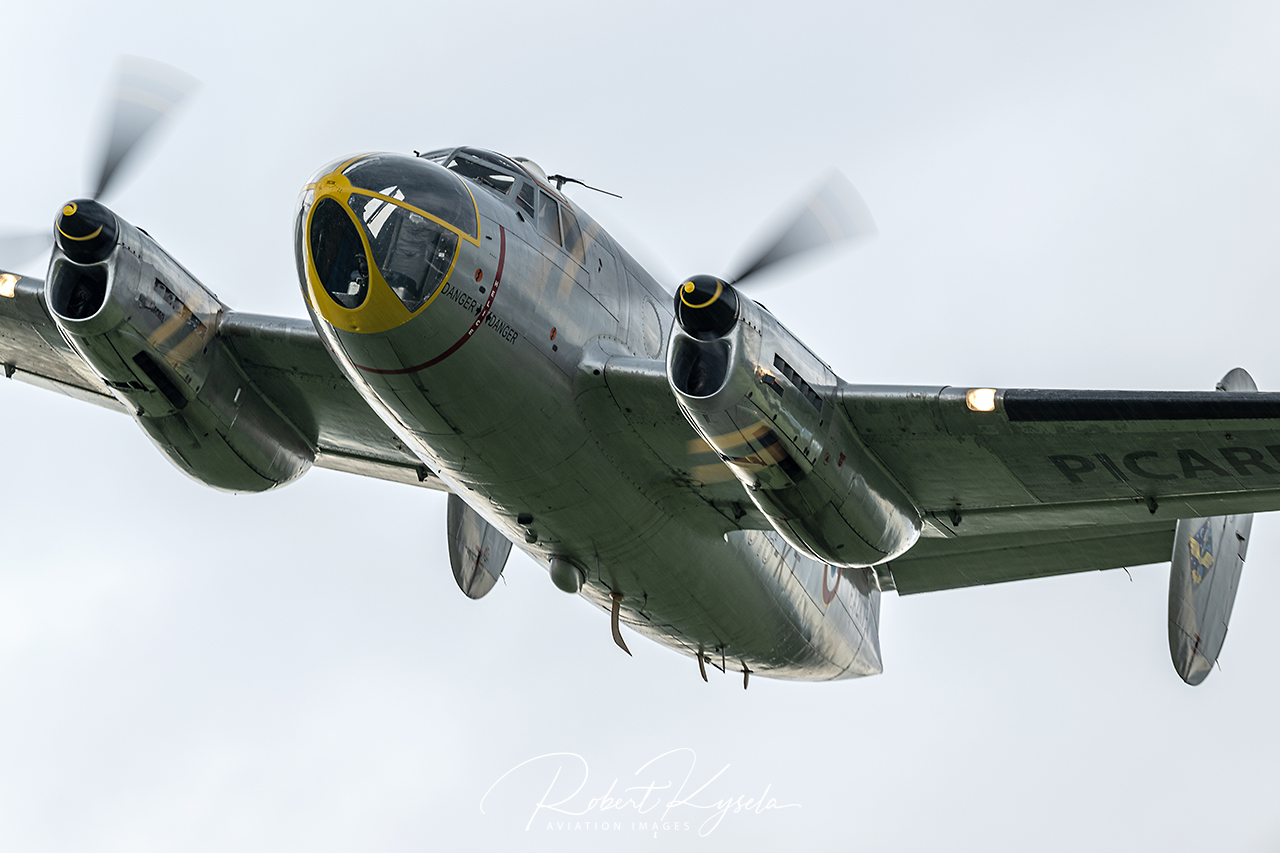
Every year on the Whitsun weekend, aviation enthusiasts have a must-attend event that draws thousands of fans from all over Europe to brave the nerve-wracking traffic jams of Paris to attend one of the most successful and best events on continental European soil – we are talking, of course, about the Fête Aérienne in La Ferté-Alais, a few kilometres south of Paris. After this event was cancelled in 2020 due to Corona and had to be postponed to the end of August in 2021, the crowds were particularly high this year. More than 21,000 aviation enthusiasts visited the Aerodrome Cerny, even though the weather forecast for the weekend was anything but rosy. Fortunately, the spectators were not disappointed and even though it rained at least 100 times, the sun came out every now and then and provided a fascinating backdrop with the dark storm clouds in the background.
Originally powered by an 80 hp Le Rhône rotary engine, later aircraft were often fitted with a 100 hp Anzani 10C radial engine
R. Kysela
The replica of the Caudron G.III is also interesting. This design by the brothers René and Gaston Caudron had its maiden flight at the end of 1913. In the first years of World War I, the G.III was used in large numbers by the French Air Force as a reconnaissance/artillery observer and light bomber. Originally powered by an 80 hp Le Rhône rotary engine, later aircraft were often fitted with a 100 hp Anzani 10C radial engine. After the war, the aircraft was used for training purposes, but also gained fame for numerous pioneering feats, such as the first landing of an aircraft on Mont Blanc (30th of July 1921 with the Swiss pilot François Durafour at the controls) or the crossing of the Andes by a woman (Adrienne Bolland) on 1st of April 1921. The aircraft shown in La Ferté-Alais is a replica built in 1991.
With the combination of slats over the entire wingspan, large landing flaps and so-called Flettner flaps, the F-156 had a stall speed of just under 50km/h
R. Kysela
Another aircraft designed for use on short, unpaved runways was the North American Rockwell OV-10 BRONCO. This enormously manoeuvrable light observation and ground combat aircraft, powered by two Garrett T-76-G turboprops, was increasingly used in Vietnam from 1969 onwards, where it supplemented and partly replaced the completely obsolete and inadequate Cessna O-1 BIRD DOG and the Cessna O-2 SKYMASTER. Since the OV-10 was capable of carrying a relatively large weapons load (just over 1600kg), it was also used for close air support. On the one hand, the BRONCO had impressive flight characteristics, but was slightly underpowered with an engine output of just under 1060 kW. The aircraft on display in La Ferté-Alais is one of originally eighteen OV-10B aircraft that were in service with the German Bundeswehr from 1970 to 1994 as target towing aircraft. This variant was fitted with a glazed rear fuselage segment and had no armament. After their retirement in Germany, a few of these fascinating aircraft found their way into private hands – including the OV-10 of the Amicale Jean-Baptiste Salis with the civilian registration F-AKZM.
The A-1 proved to be a stable weapons platform and could carry 3,600kg of ordnance at 15 external pylons
R. Kysela
Another veteran of the Vietnam War era is the Douglas A-1 (AD) SKYRAIDER. This aircraft was based on a US NAVY requirement for a dive bomber to replace the Douglas SBD DAUNTLESS and made its maiden flight on 11th of March 1945, which meant it came too late to see action during World War II. The A-1 (original designation: AD) earned its spurs in the Korean War, where it carried out over 275,000! missions and dropped almost 120,000t of ordnance. All SKYRAIDER missions were flown from aircraft carriers and were carried out by the US Navy and the US Marine Corps. The A-1 proved to be a stable weapons platform and could carry 3,600kg of ordnance at 15 external pylons. Although technically obsolete by that time, the A-1 made its big appearance in the Vietnam War. From 1964 to 1972 (in the case of the US Navy only until 1969) the SANDY (the radio call sign for the A-1 SKYRAIDER was Sandy) was extensively used as a counter-insurgency and close air support aircraft. The A-1 was a tremendously robust machine and could take a hit or two, but with the introduction of man-portable anti-aircraft missiles (now called manpads), such as the SA-7 STRELA, the days of the SKYRAIDER were numbered.
The A-1 was powered by the same engine as the mighty Boeing B-29 SUPERFORTRESS, an 18-cylinder Wright R-3350-26B Duplex Cyclone. This had a whopping take-off power of 2840 hp, which enabled the A-1 to reach a top speed of just over 500 km/h. In La Ferté-Alais, an AD-4NA SKYRAIDER, built in 1950, could be seen, which has only been painted in the current livery a year ago. Unfortunately, this aircraft is currently for sale (for about € 750,000), which means that this may have been the last time it was seen at a European airshow.
At present, there are 48 aircraft of the naval version in active service, which are divided into three different units (Flotille 11F, 12F and 17F)
R. Kysela
VERDICT: After the forced break due to Corona, it was a particularly great experience to visit the Fête Aérienne in La Ferté-Alais. Even though the number of guest aircraft was limited this time, the programme was simply great – just as one is used to from the friendly French. From my point of view, there is only one point to criticise: as always, there were lots of great sales stands where every aviation enthusiast could find what they were looking for. But not the catering. Nowhere was there a juicy burger to eat, but lots of vegetarian and vegan stuff. The hot dogs looked like they came from a 3D printer and tasted suspiciously like tofu – a no-go for a real aviation enthusiast! If this becomes the norm in the future, I’m in for some hard times! All joking aside, I’m already looking forward to the next Fête Aérienne in 2023, even at the risk of having to bring my own food!
Robert Kysela / CHK6

